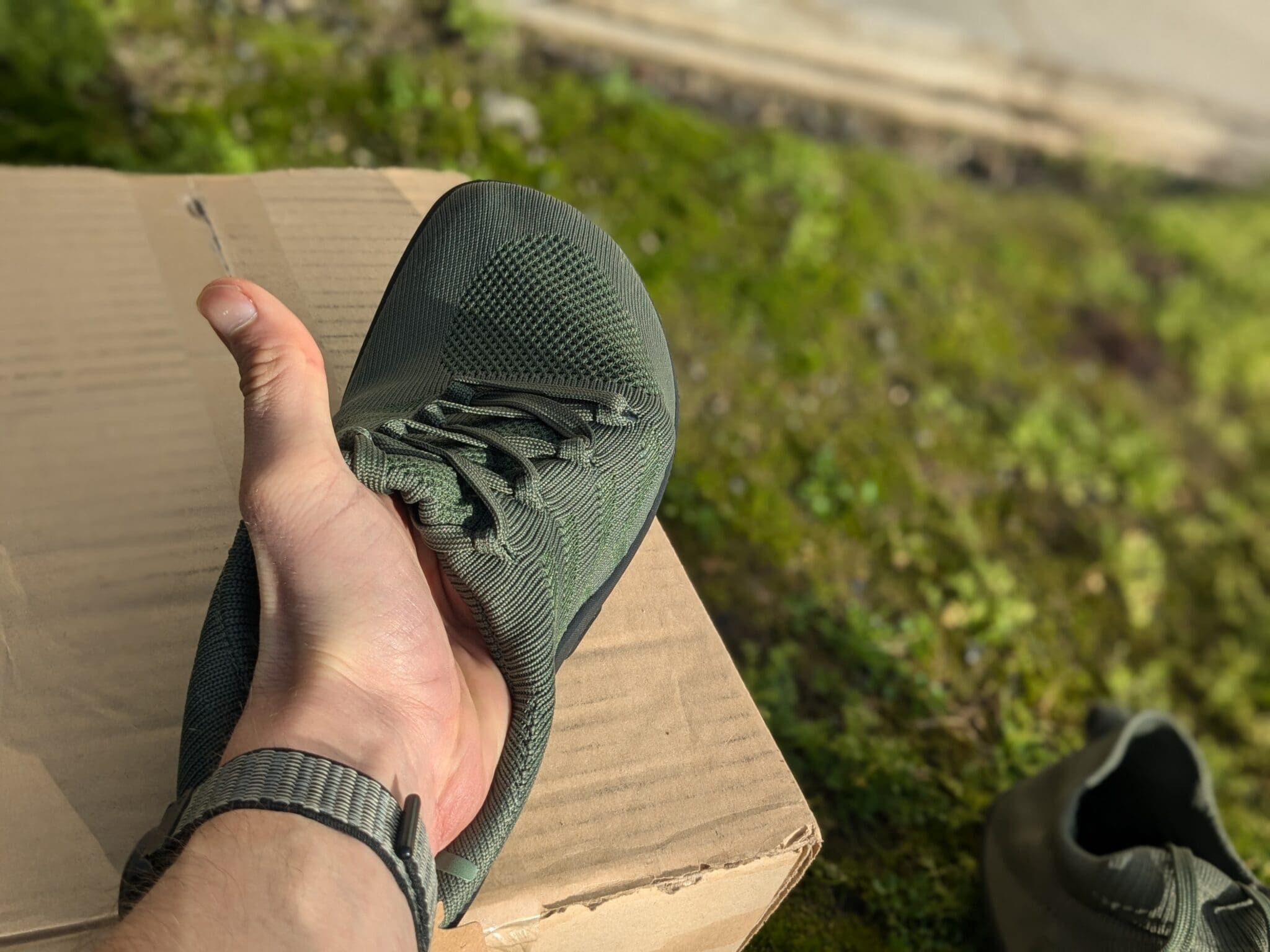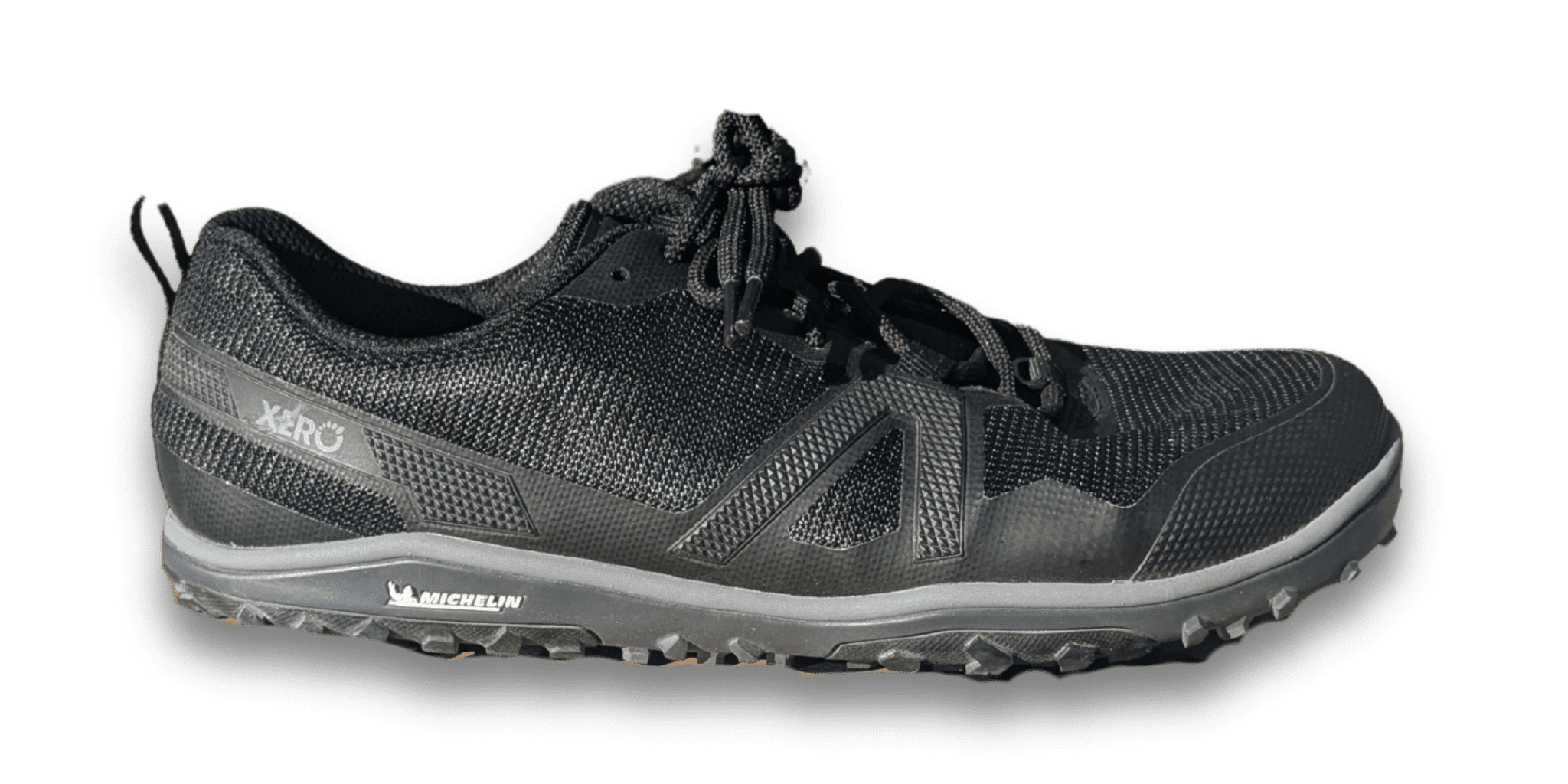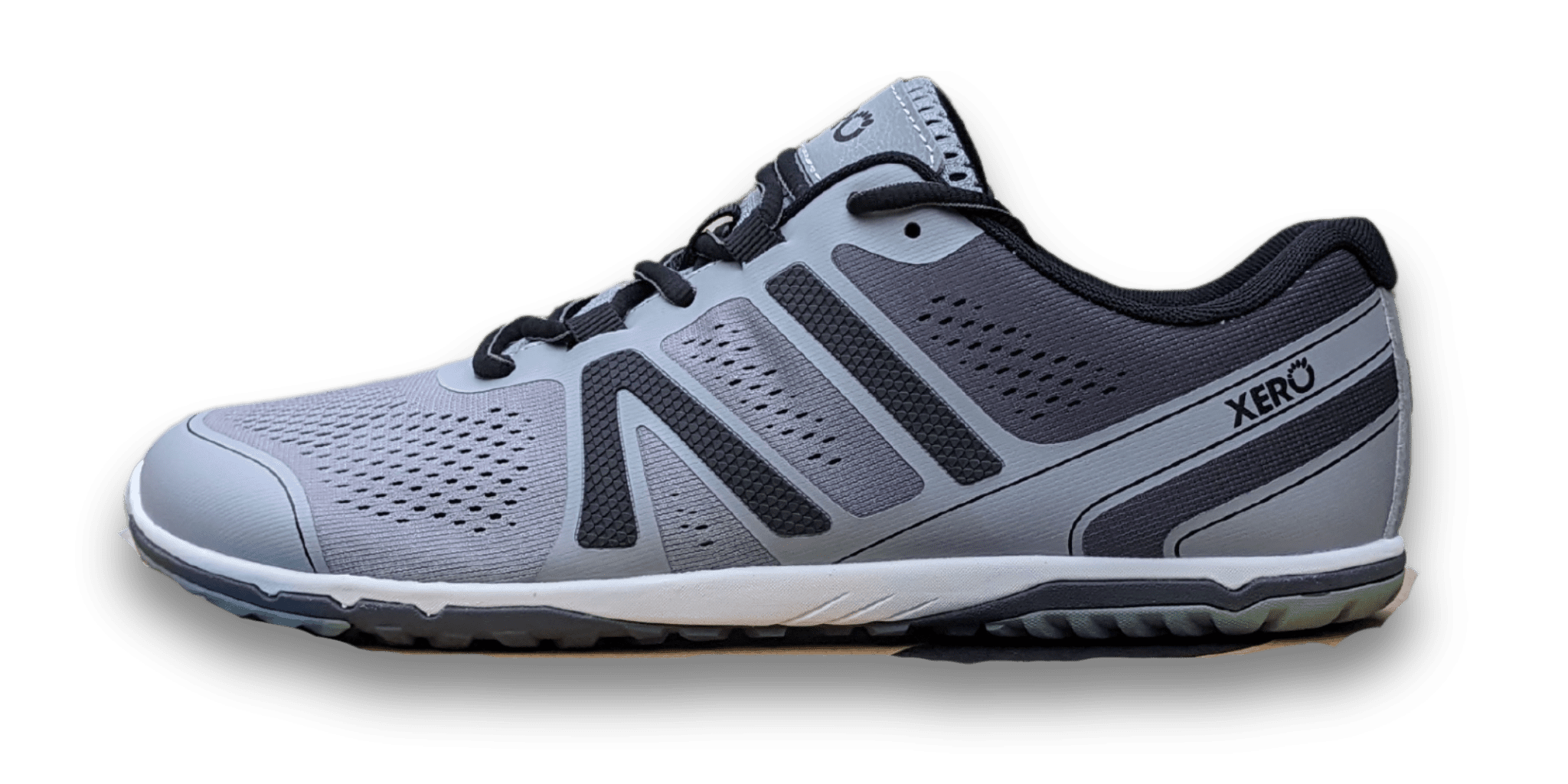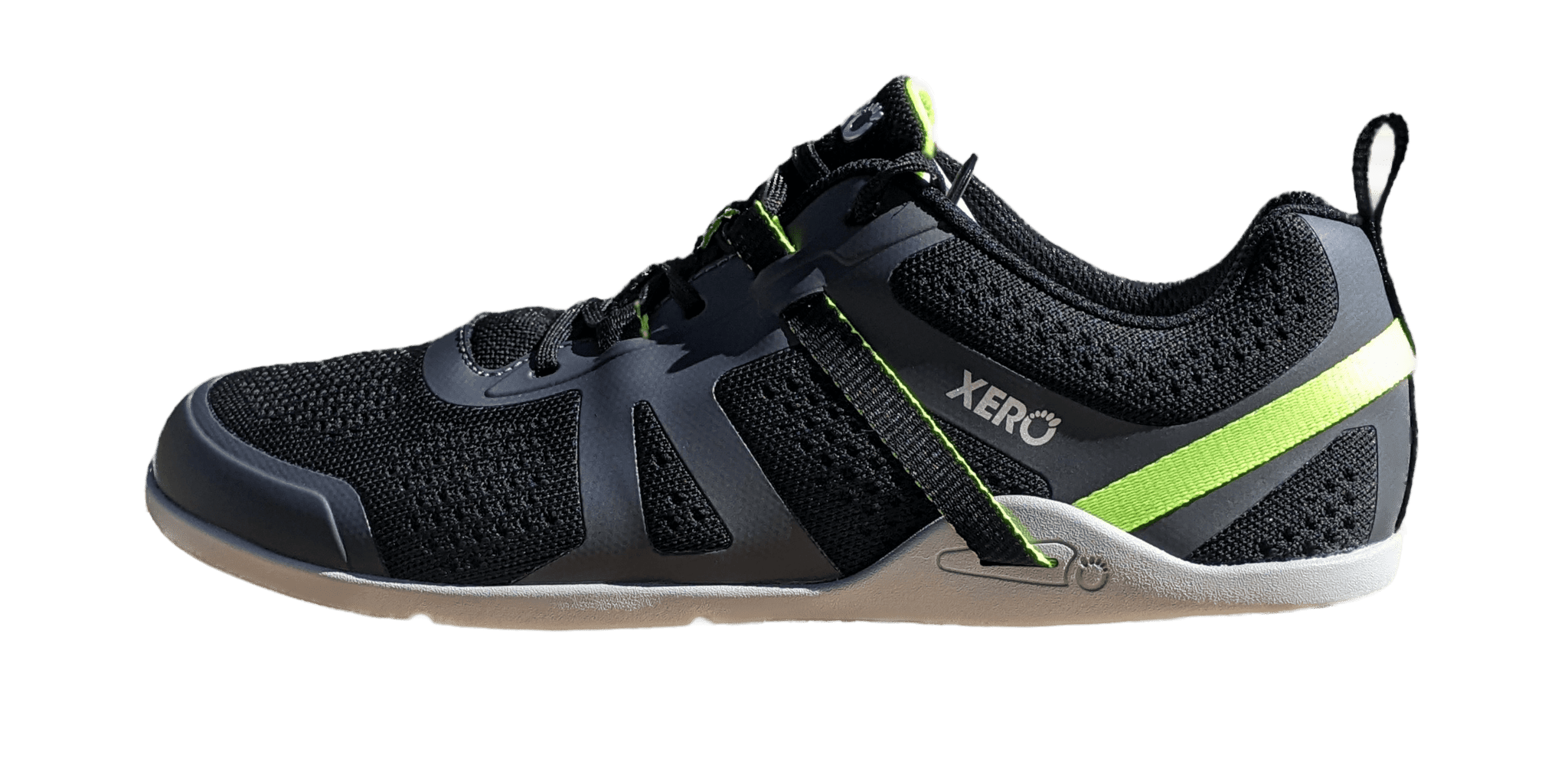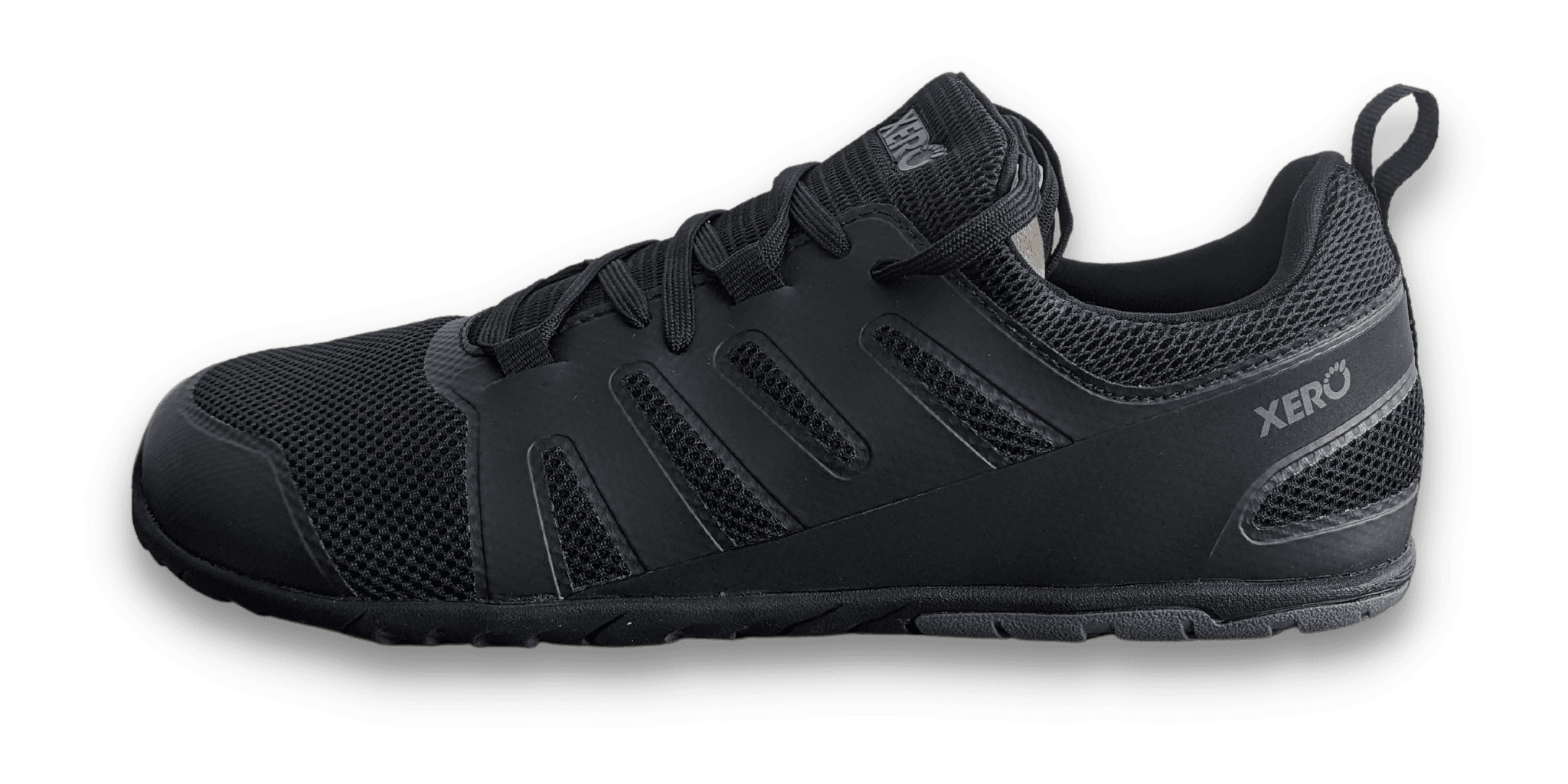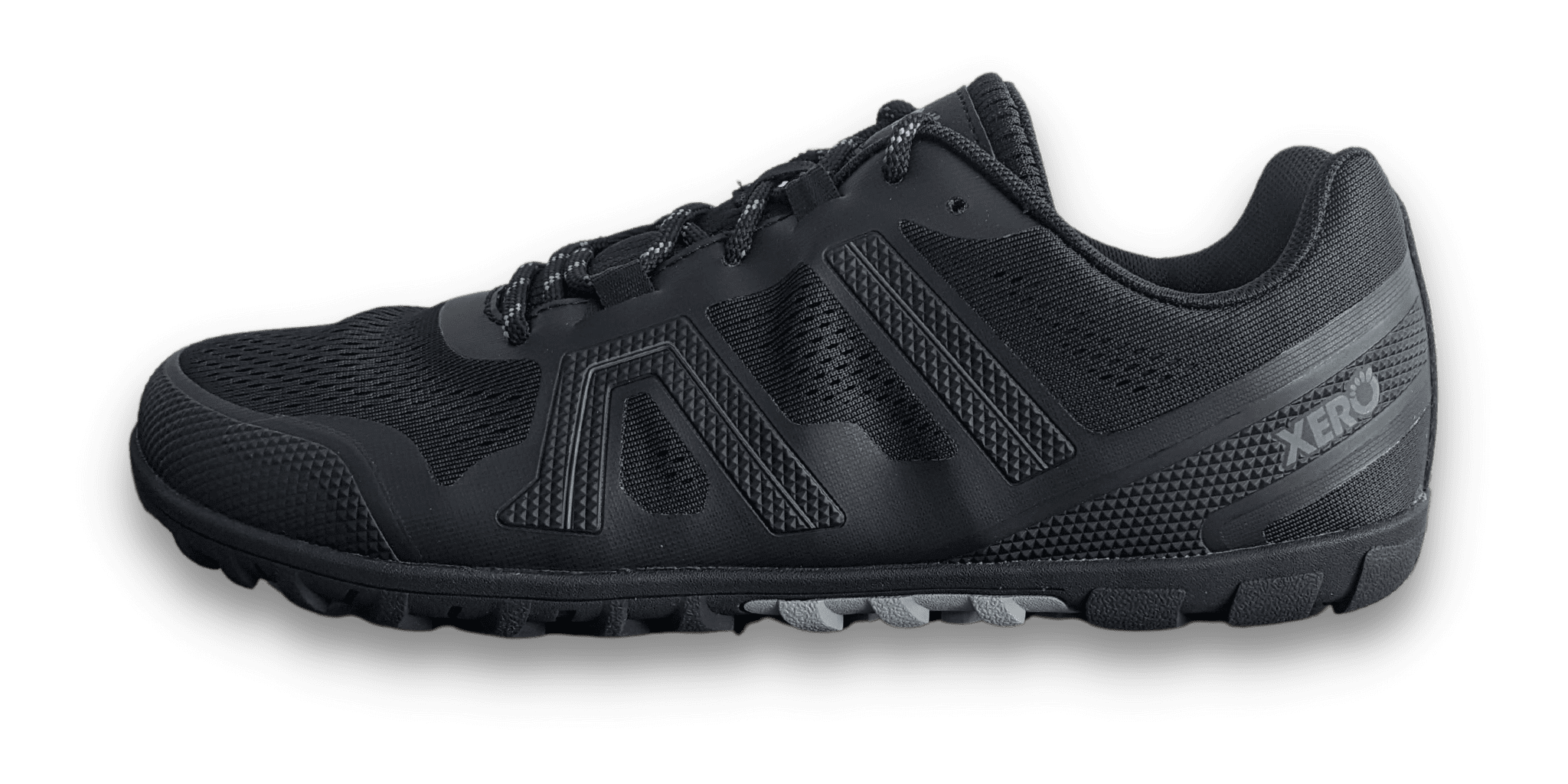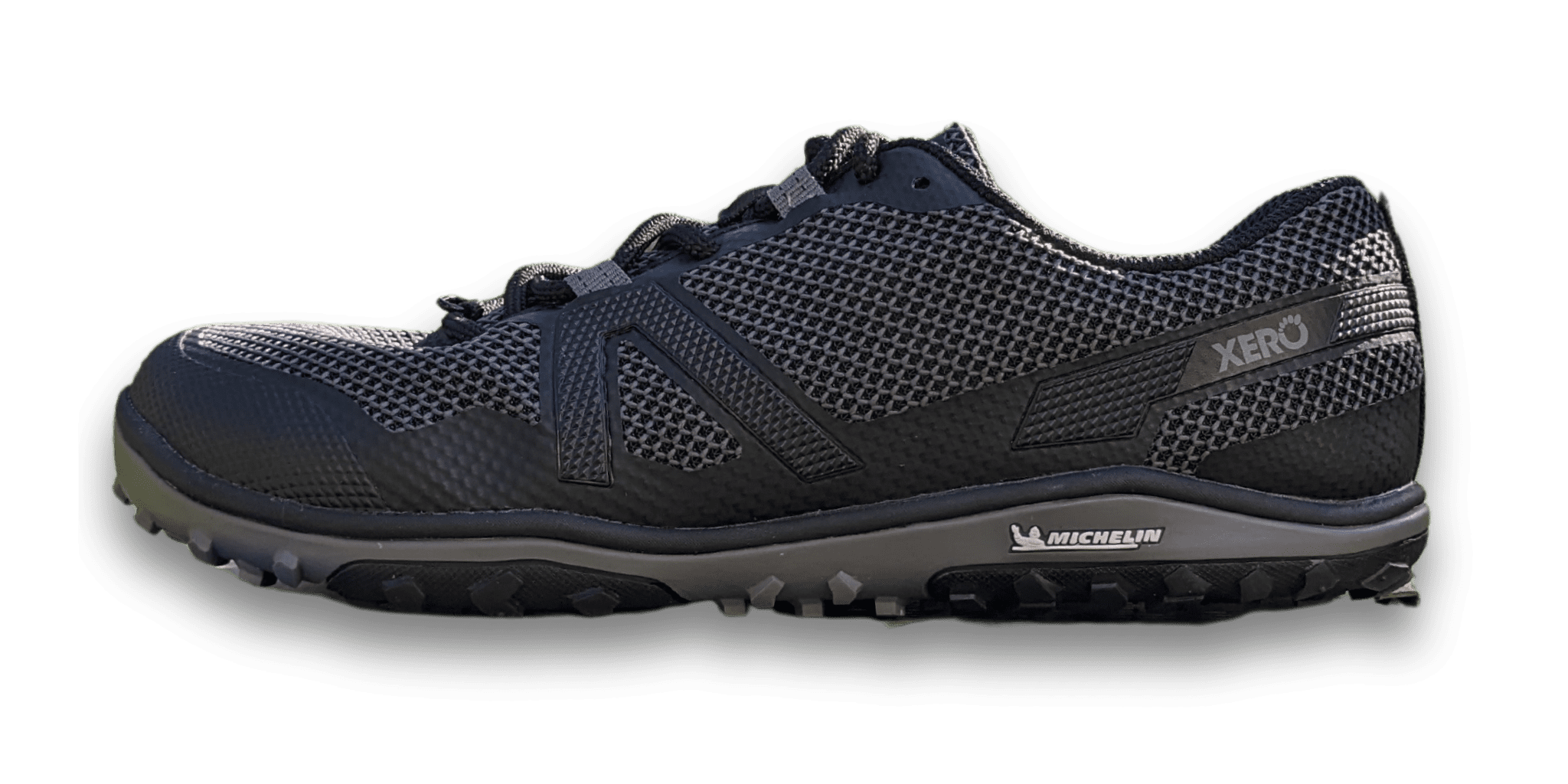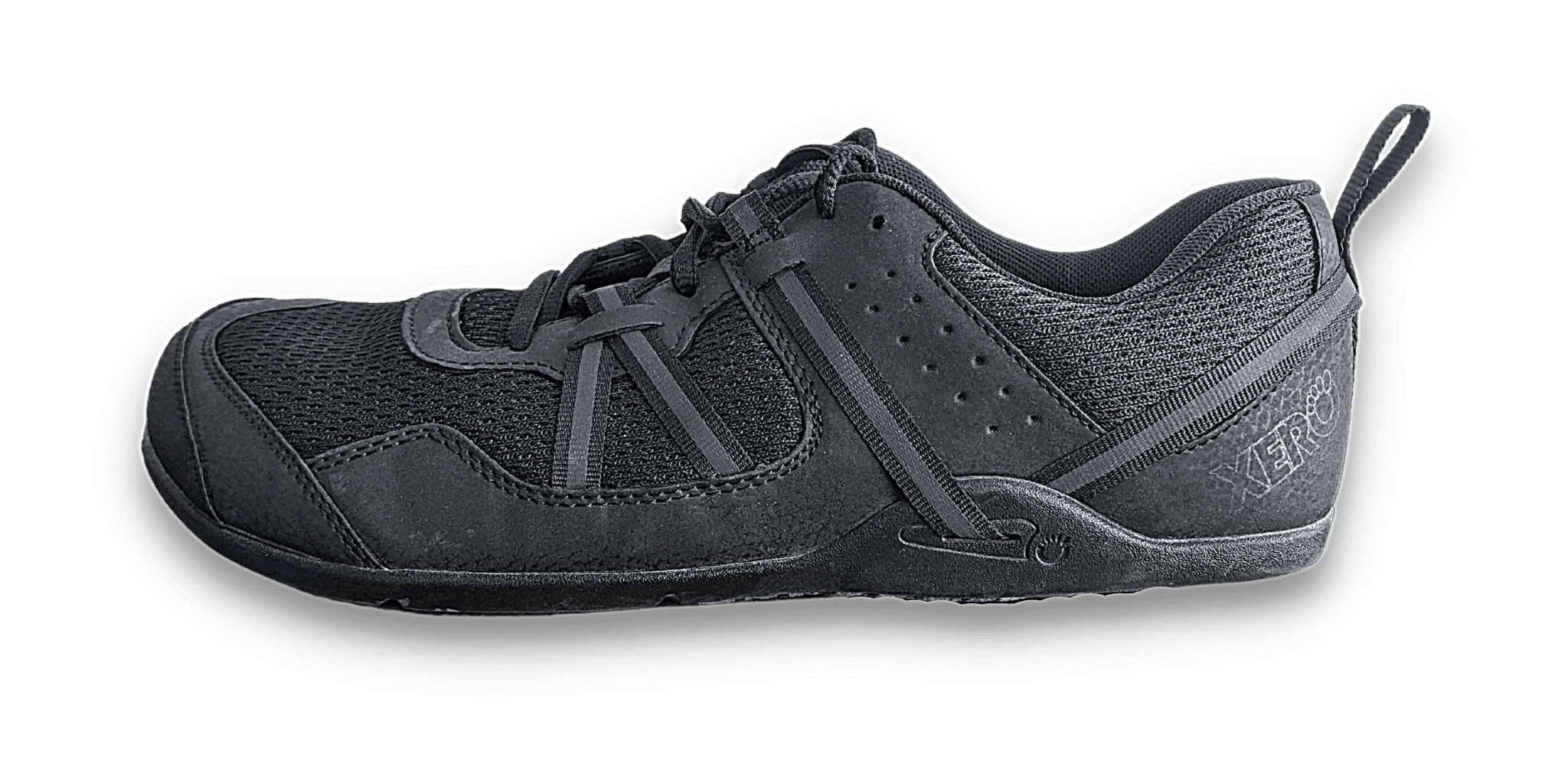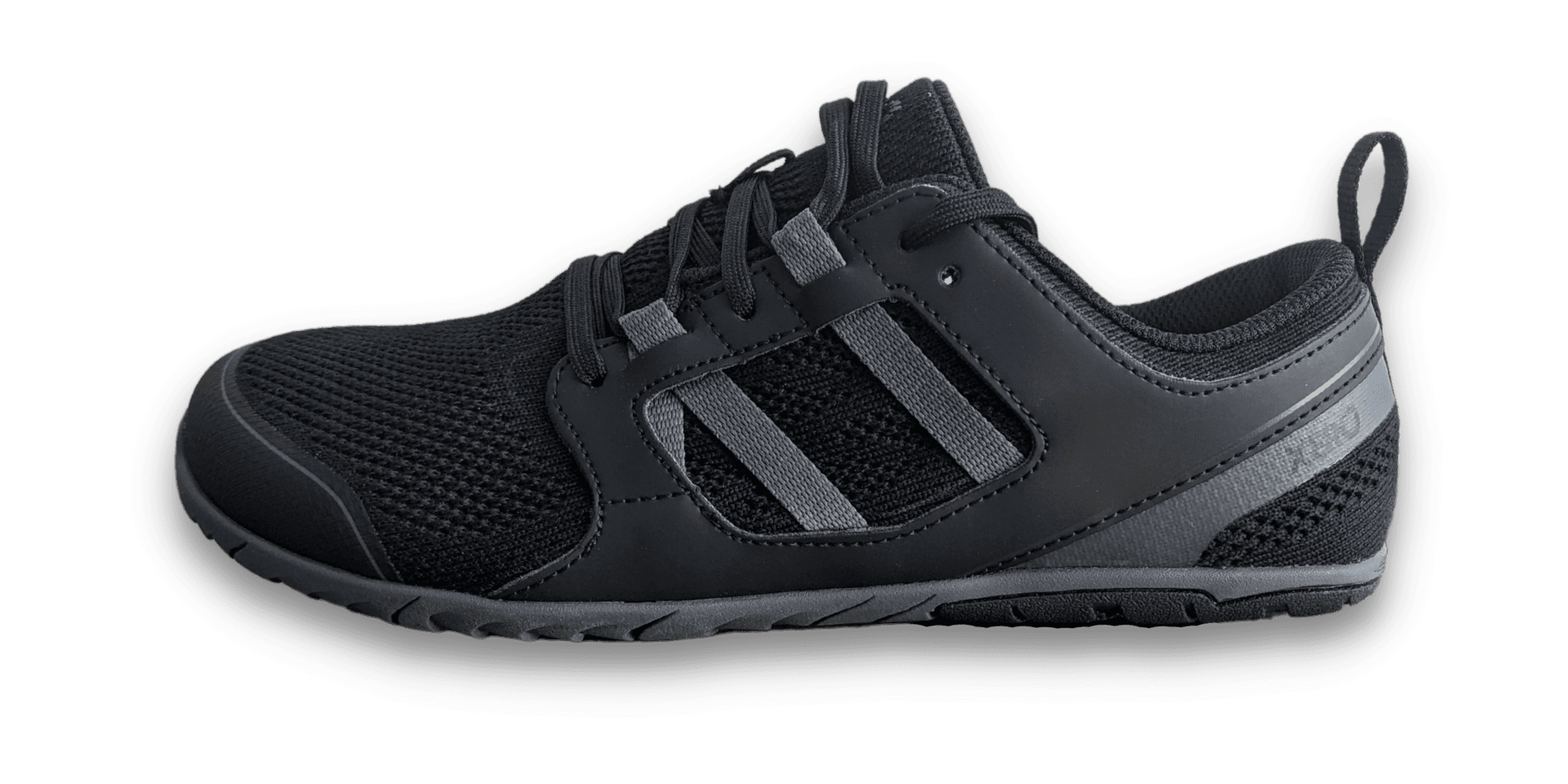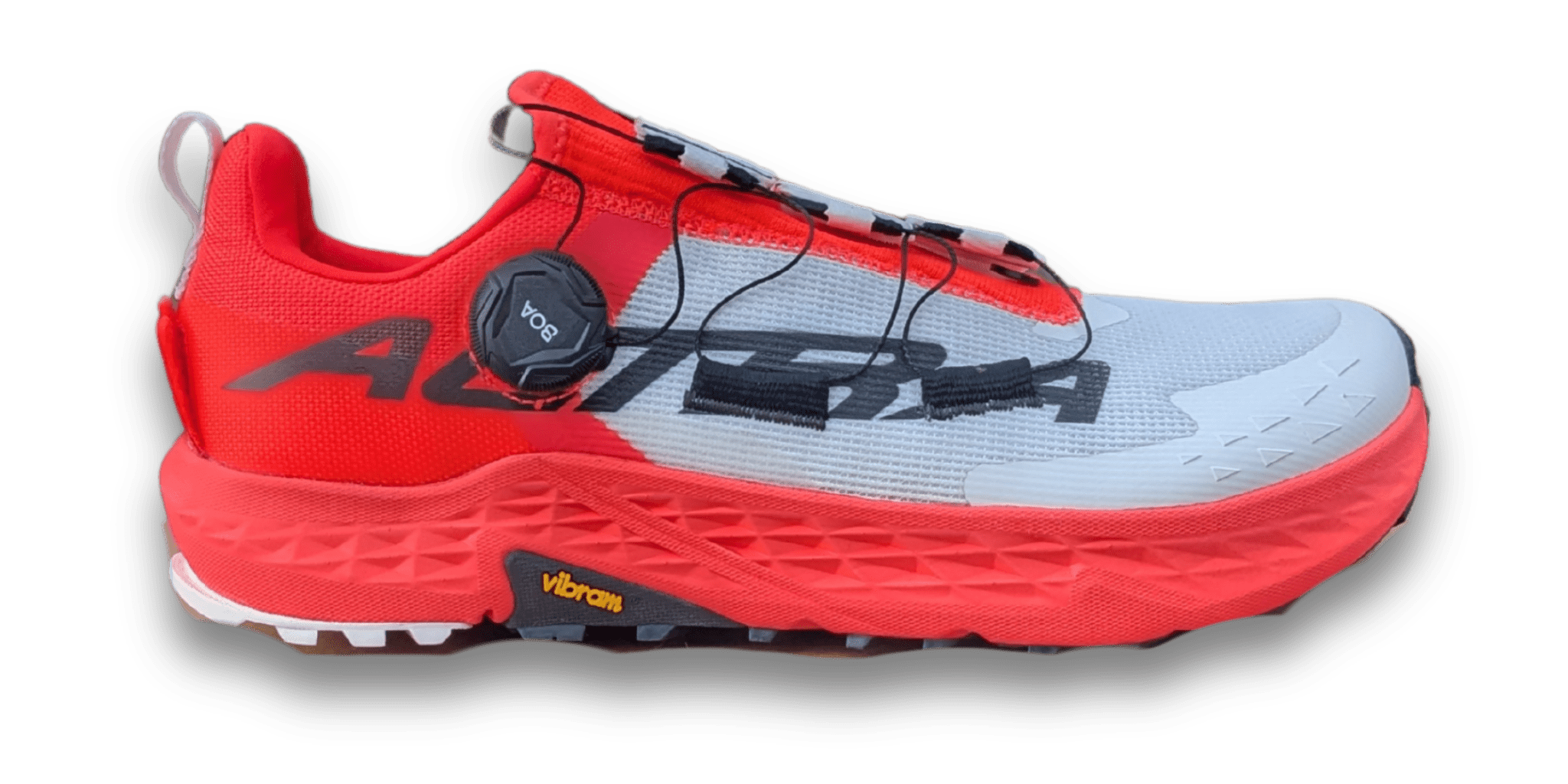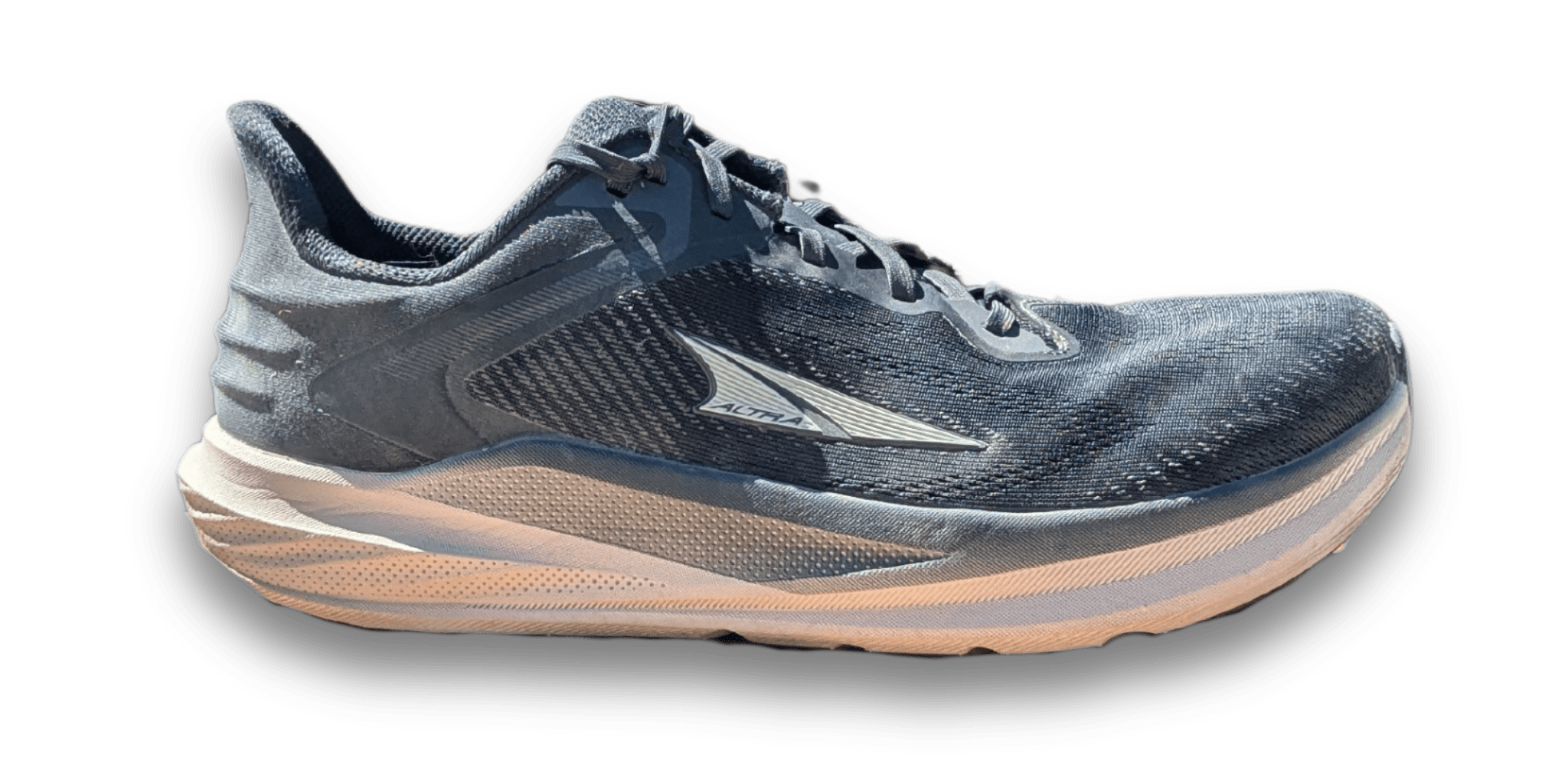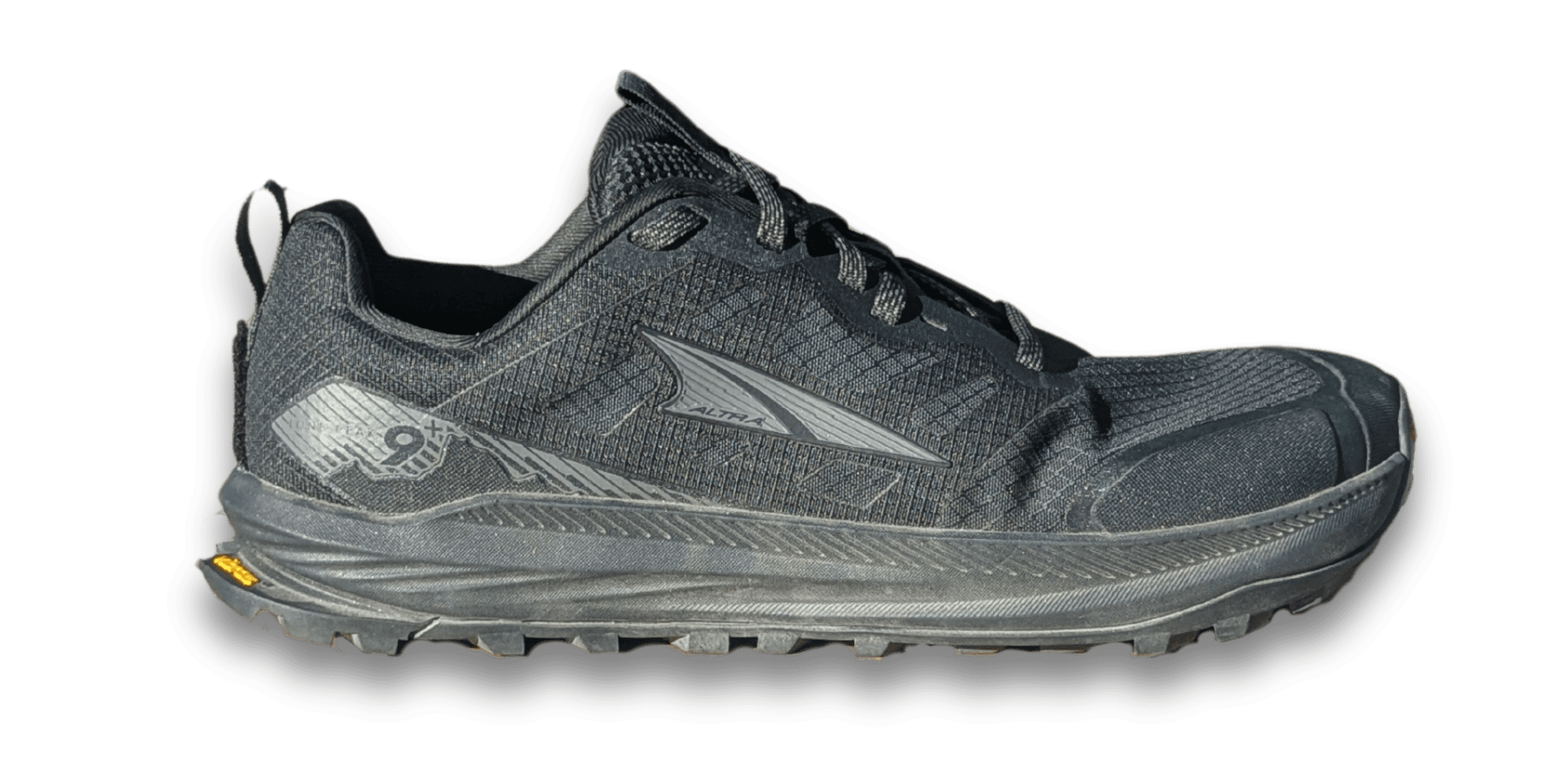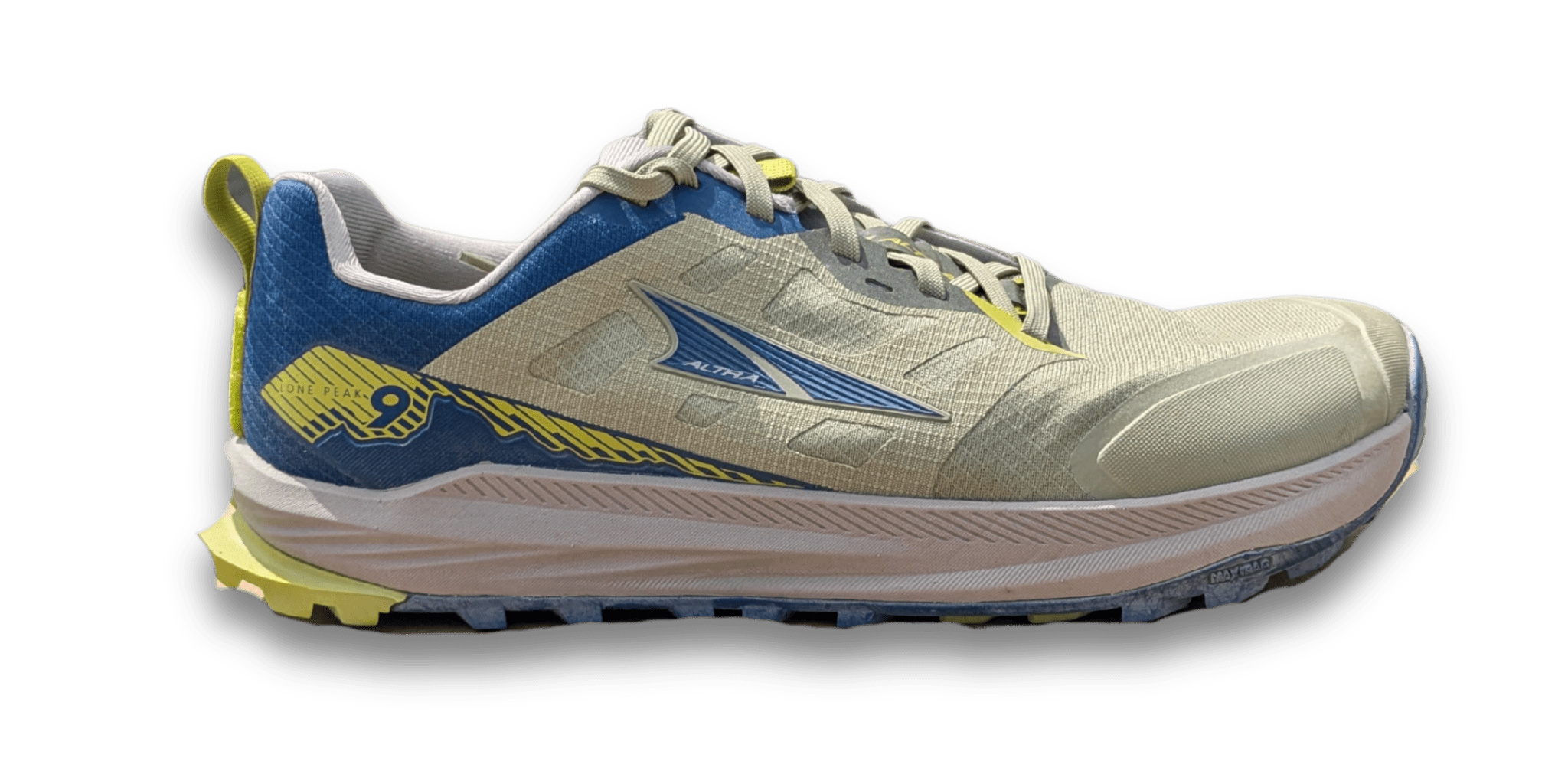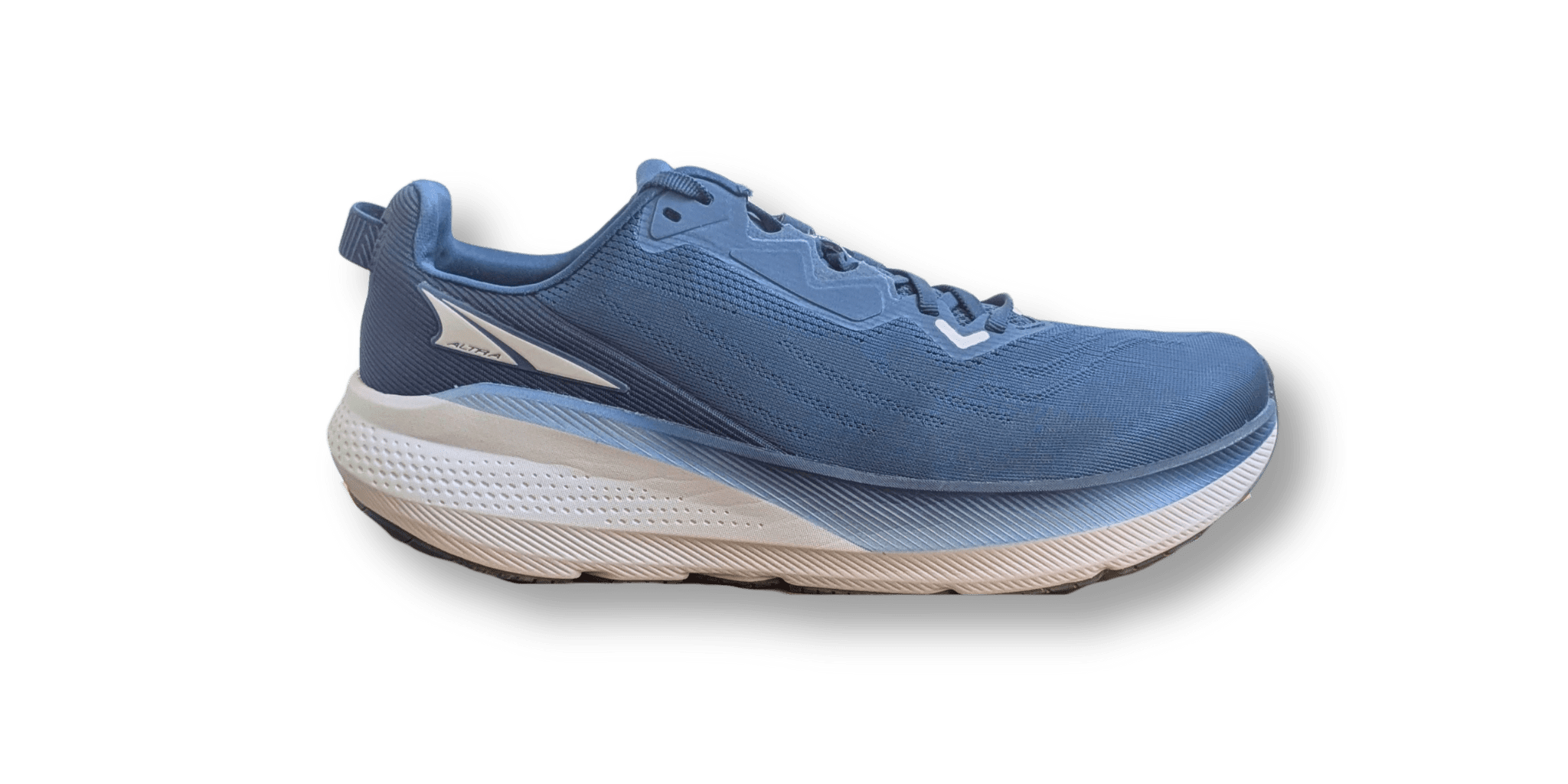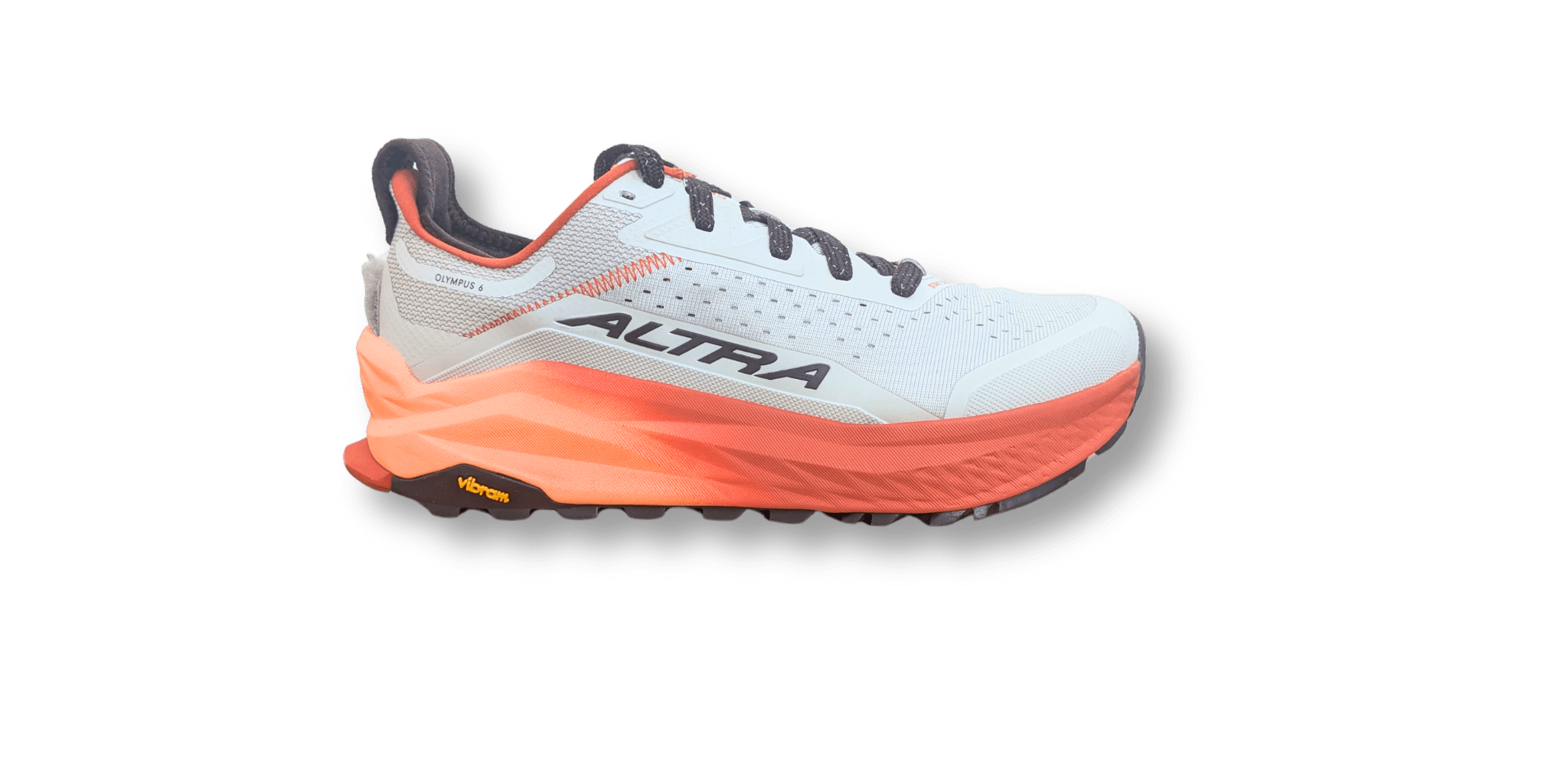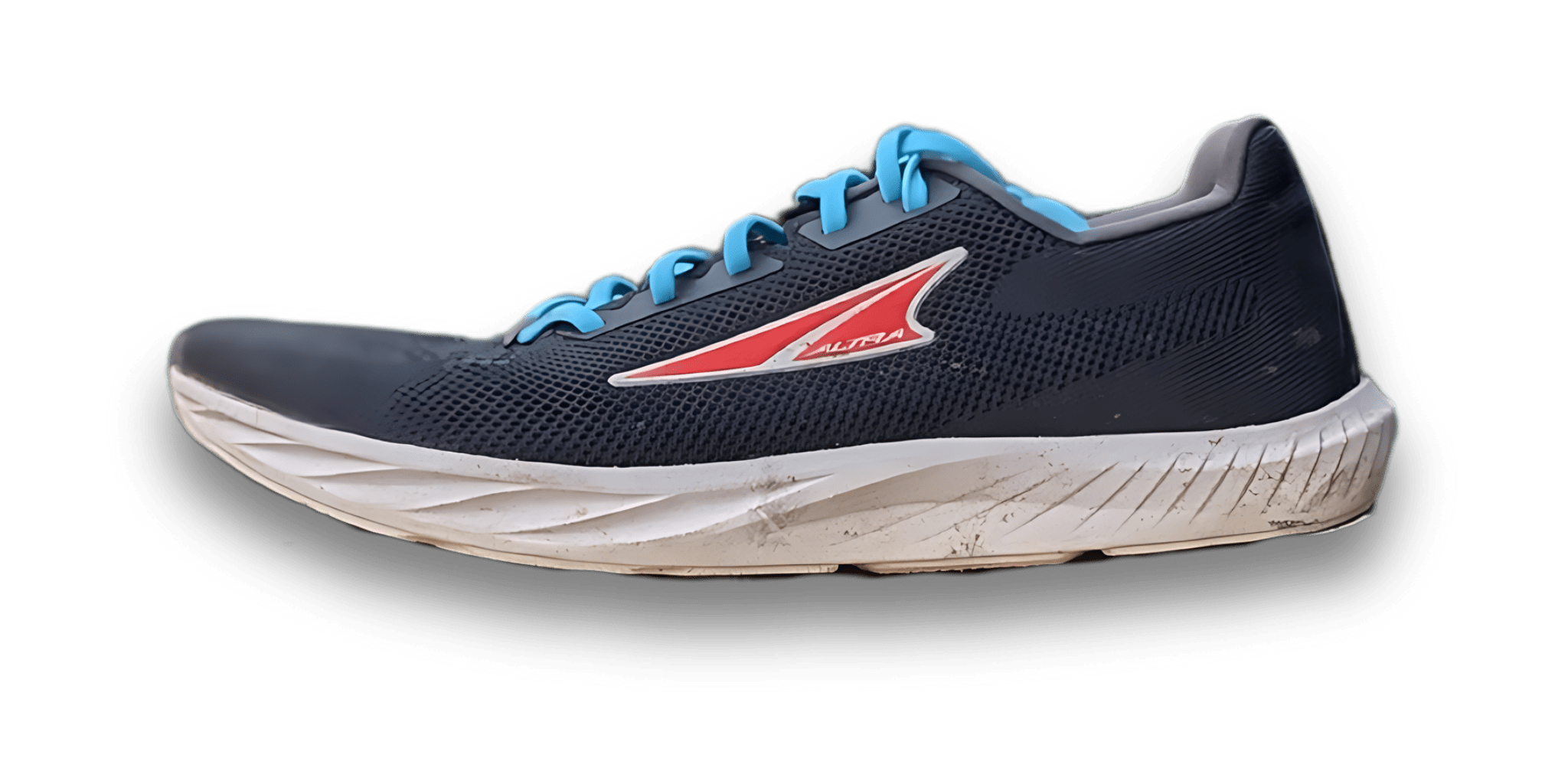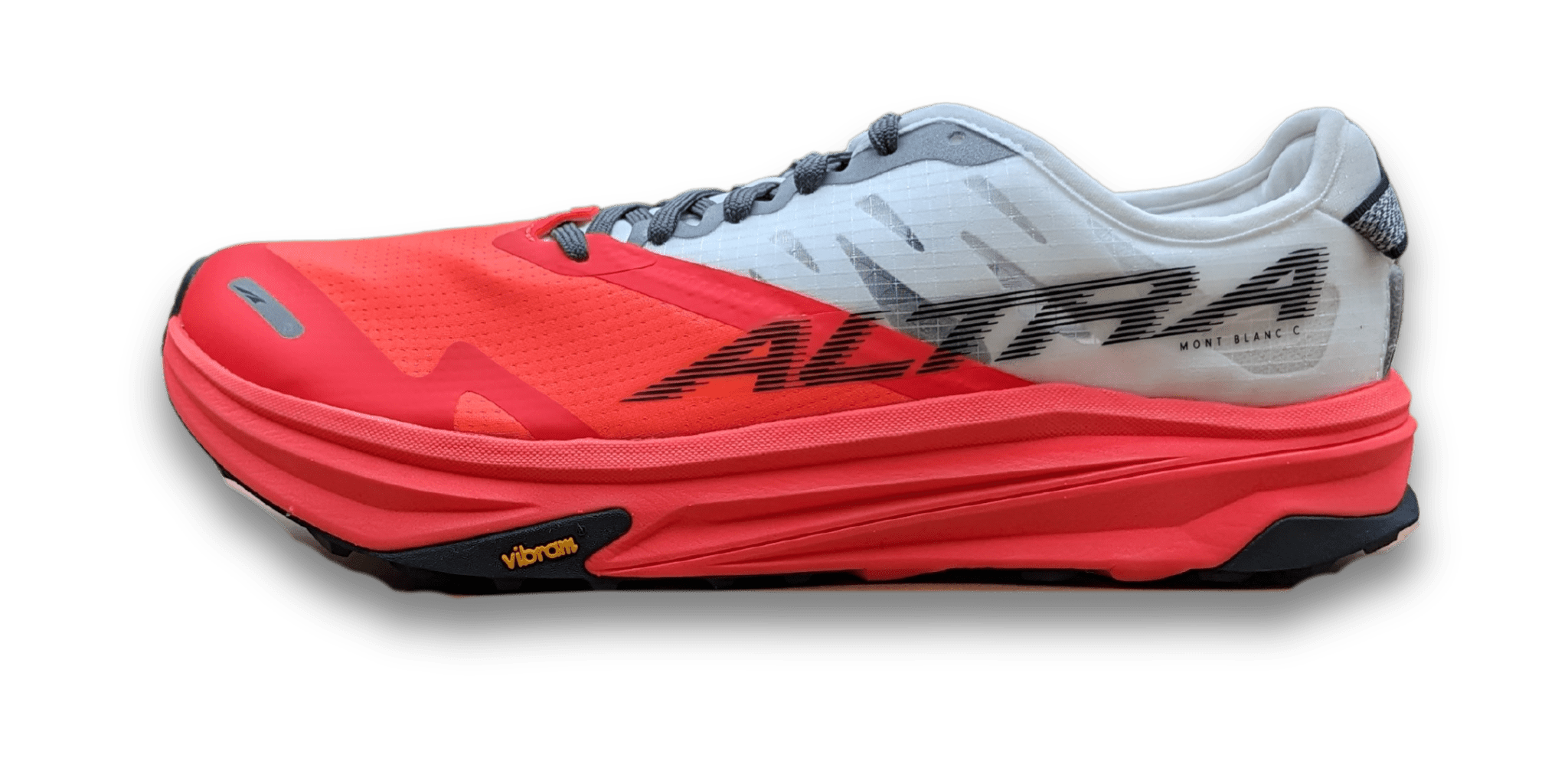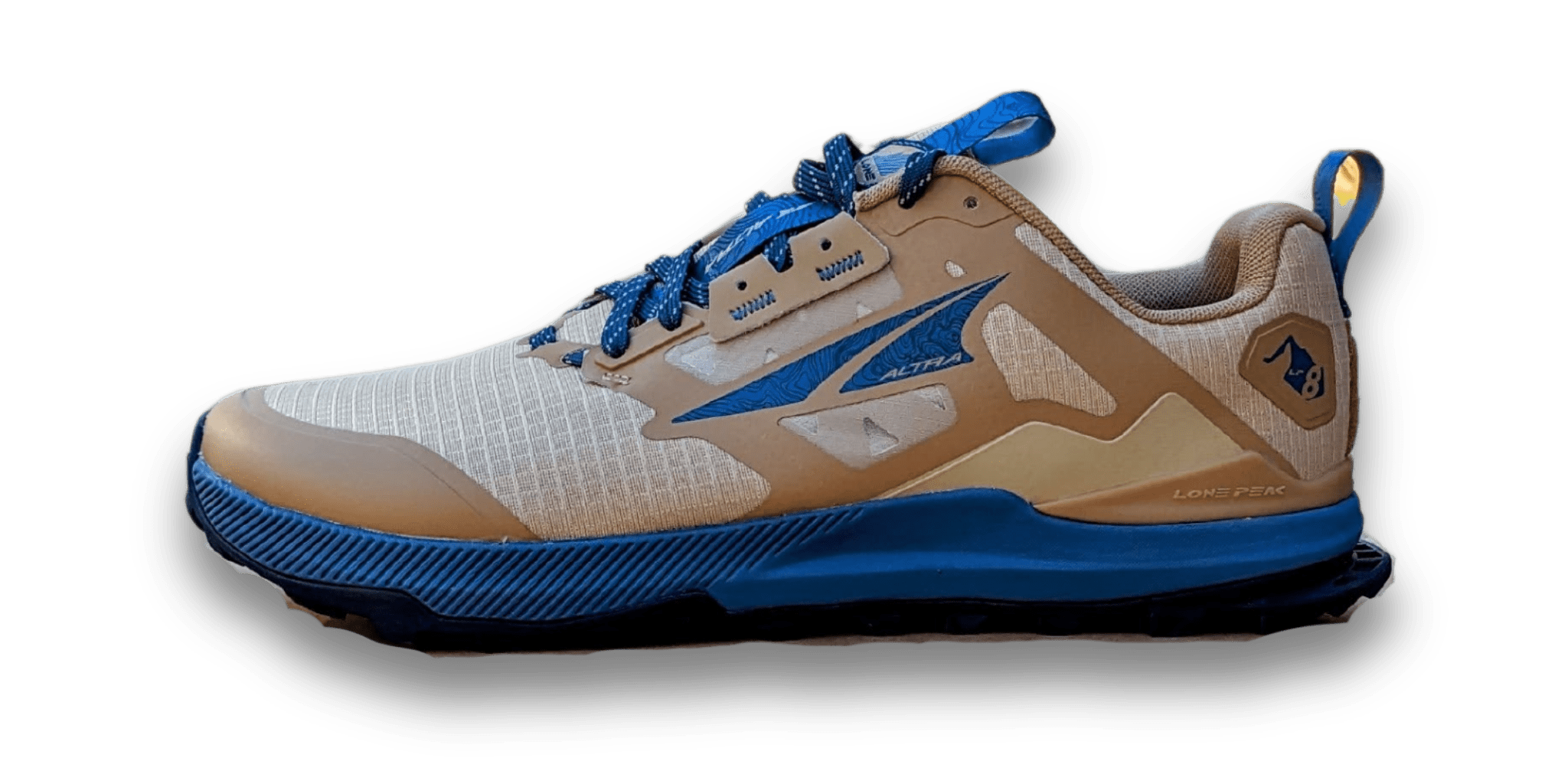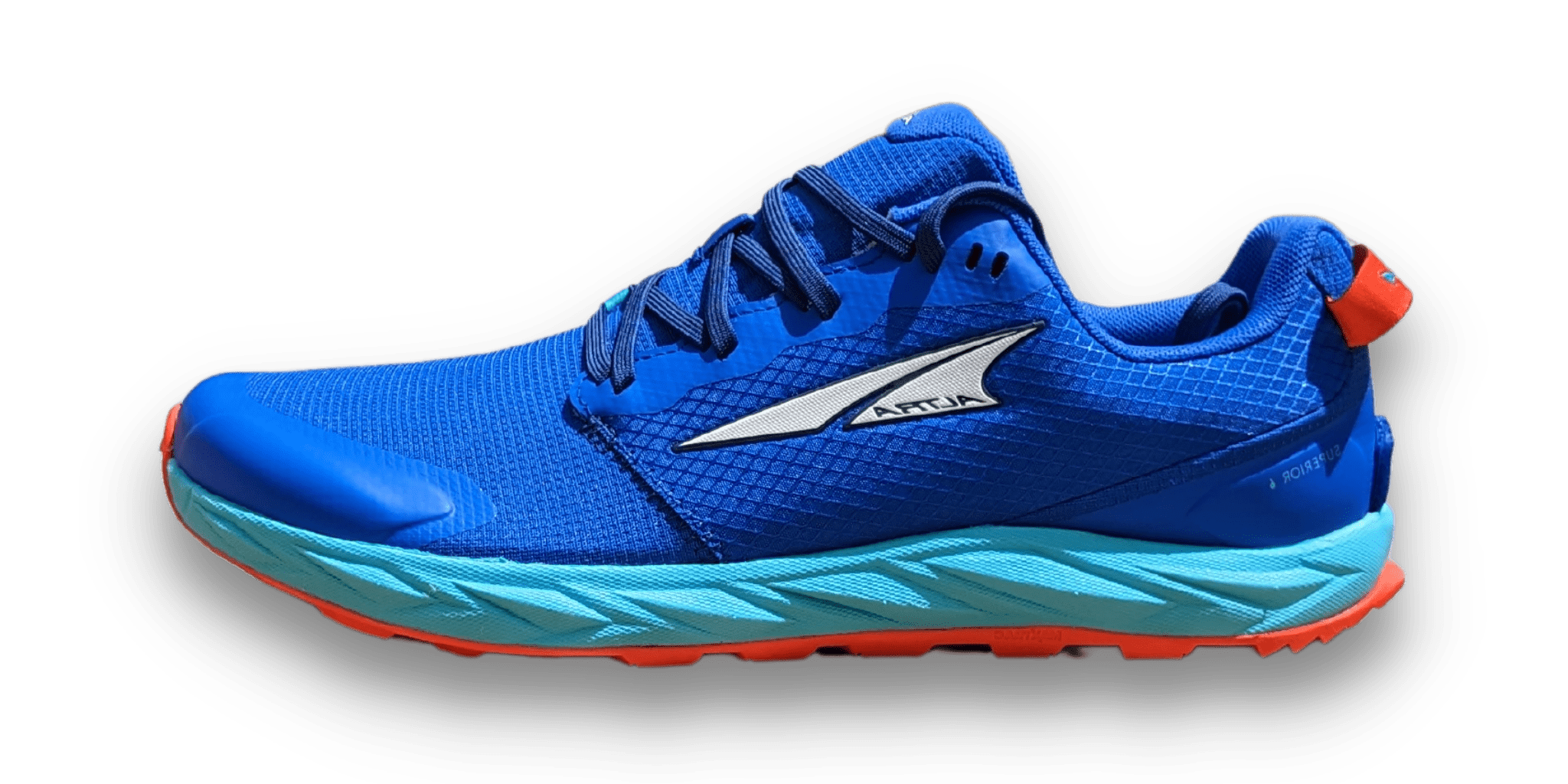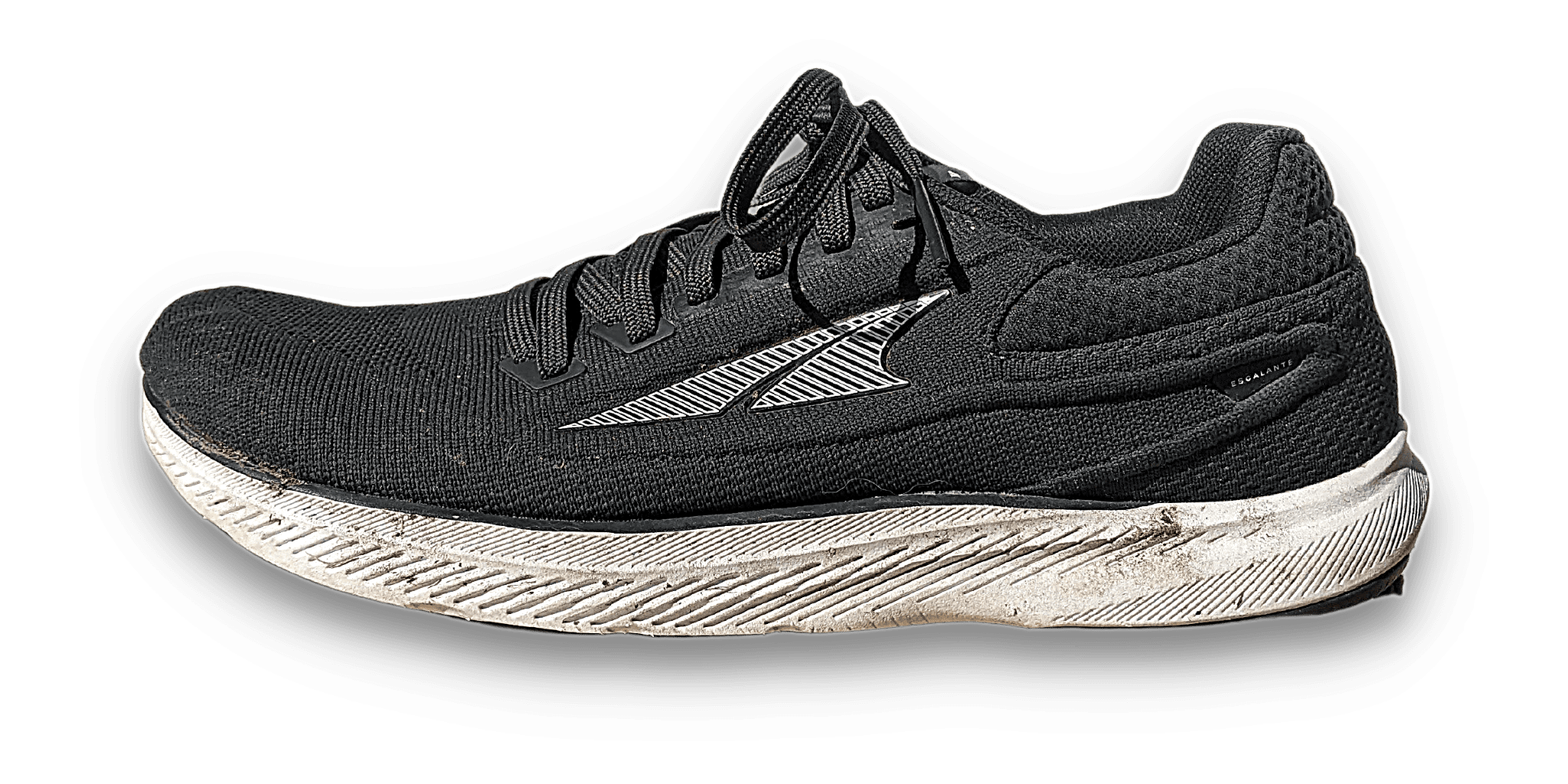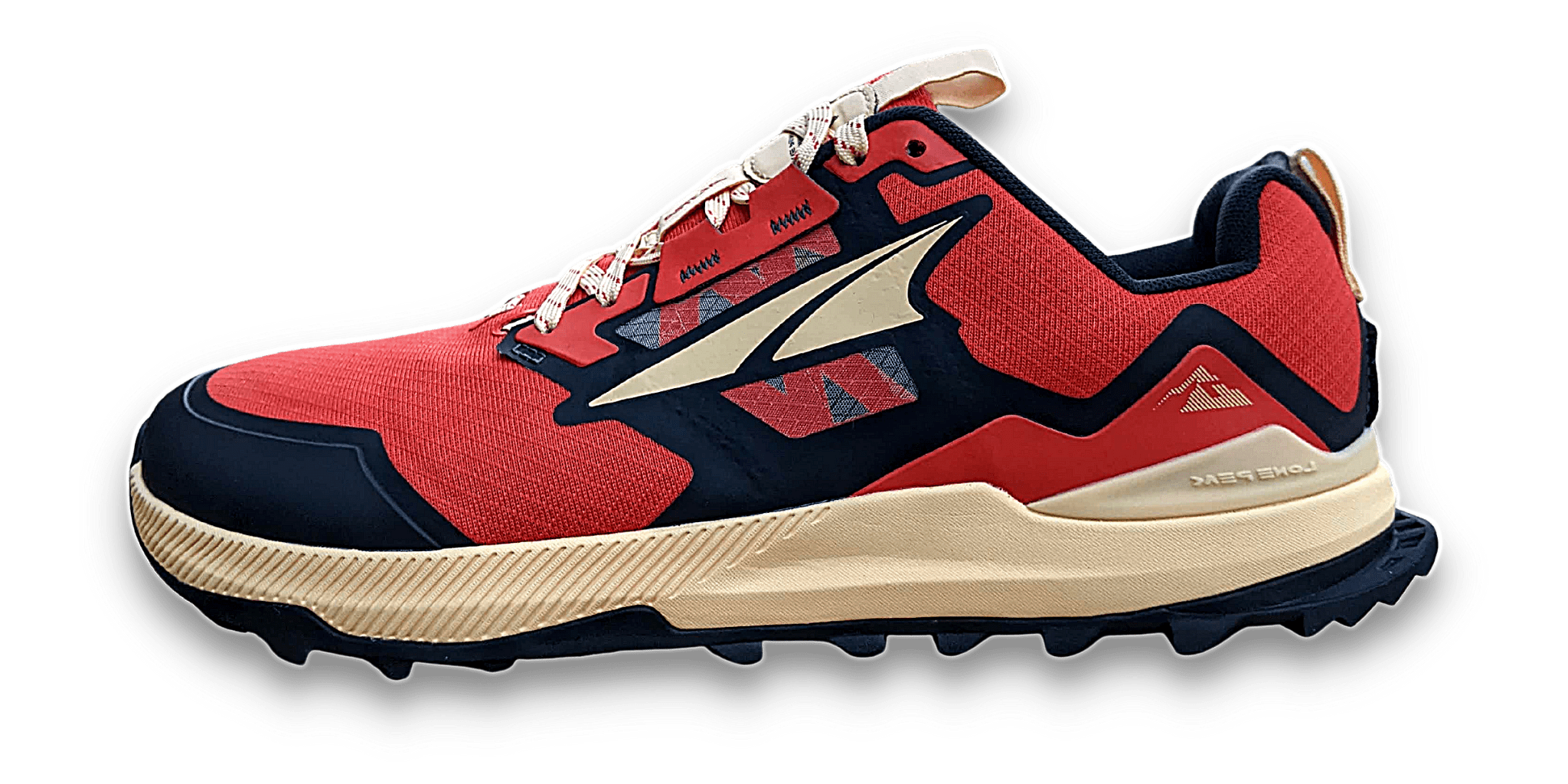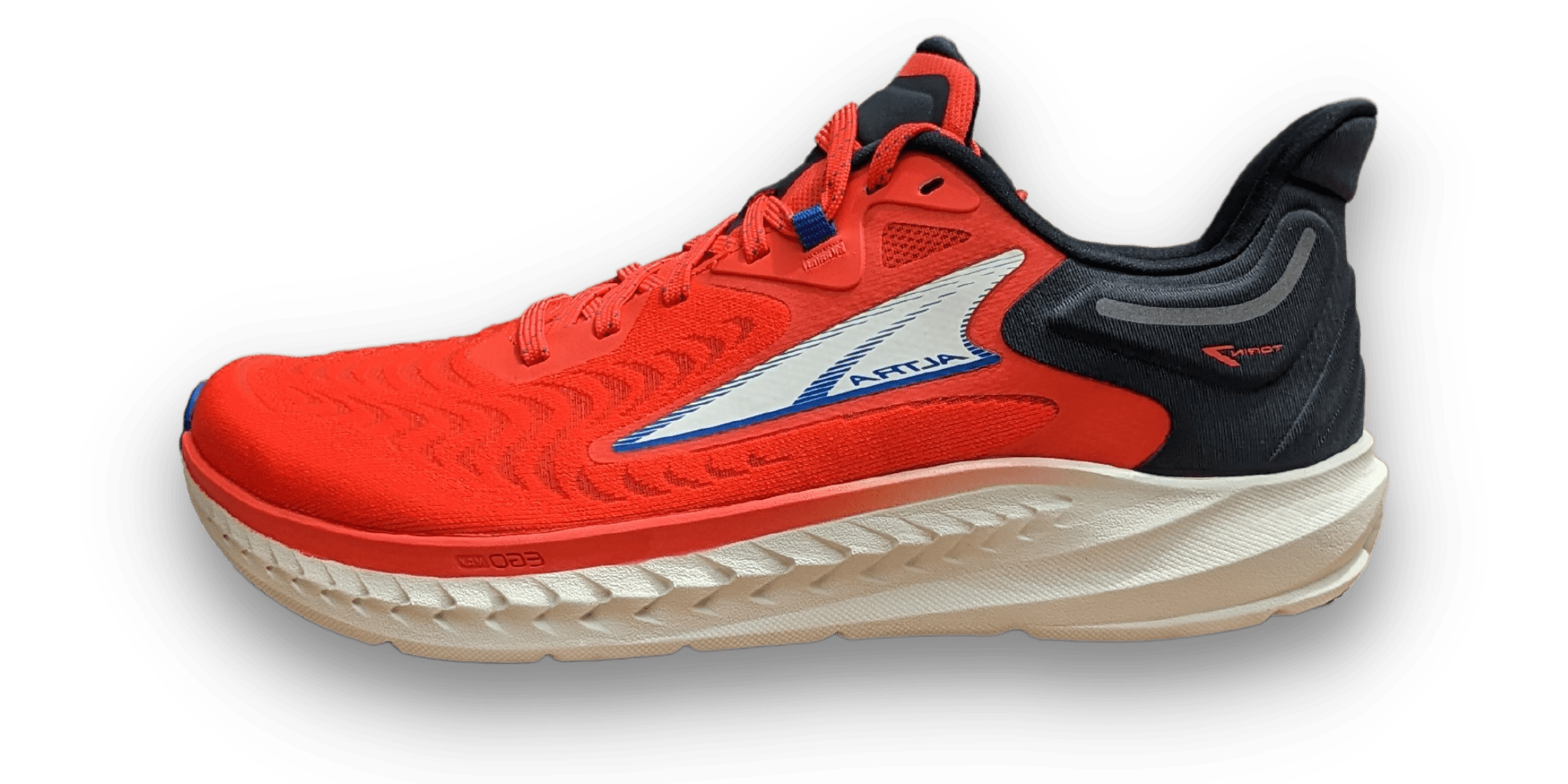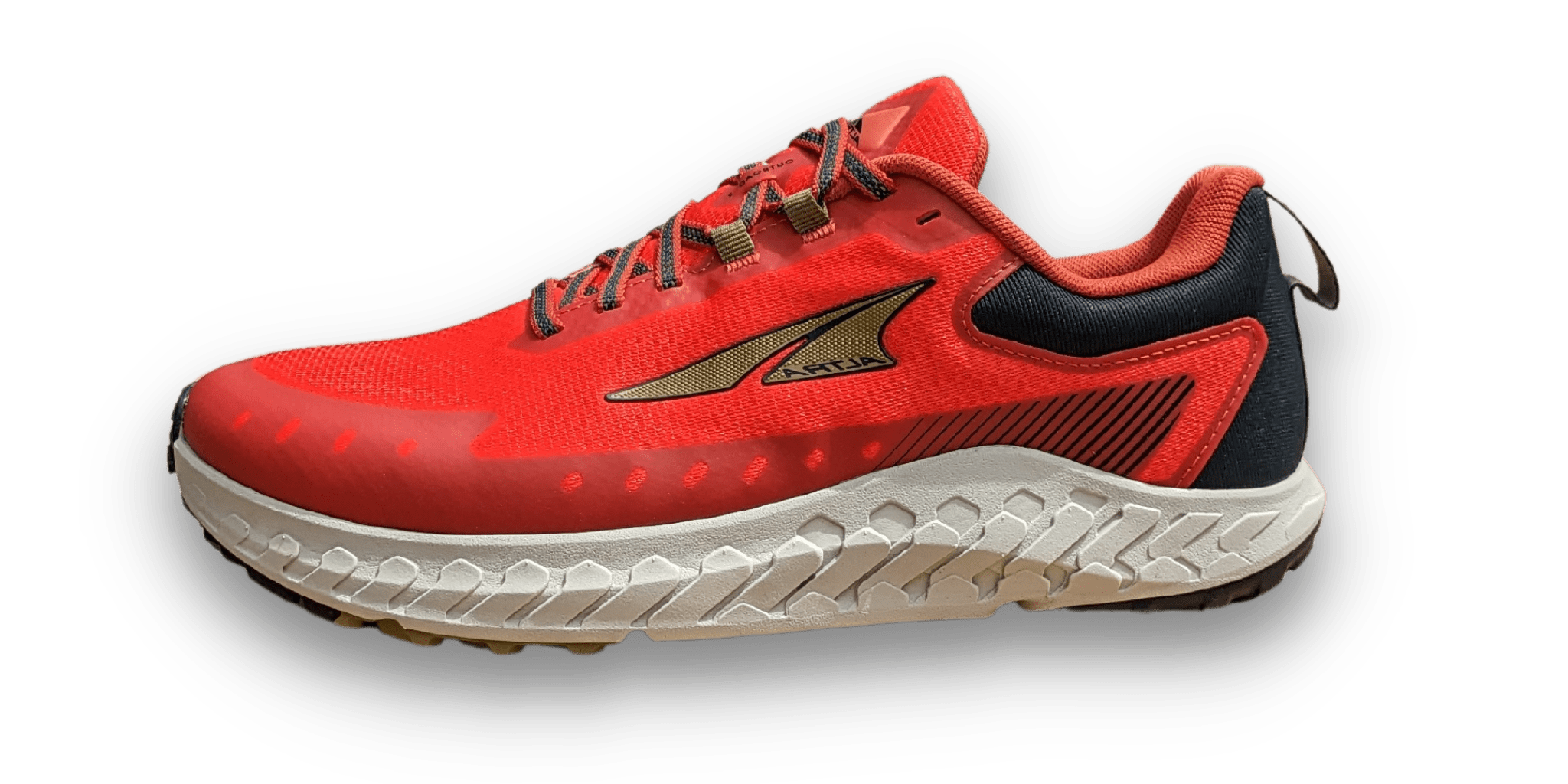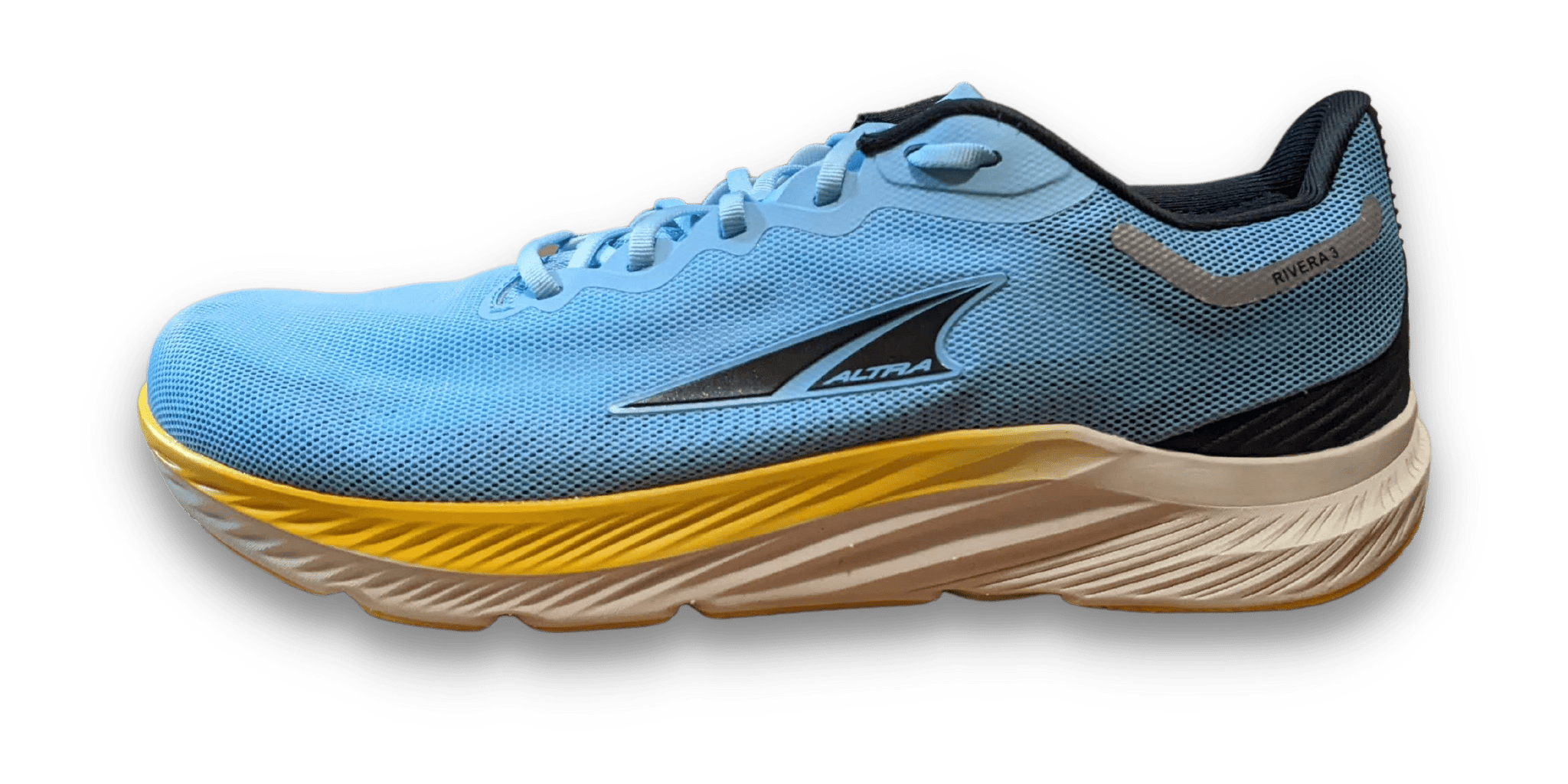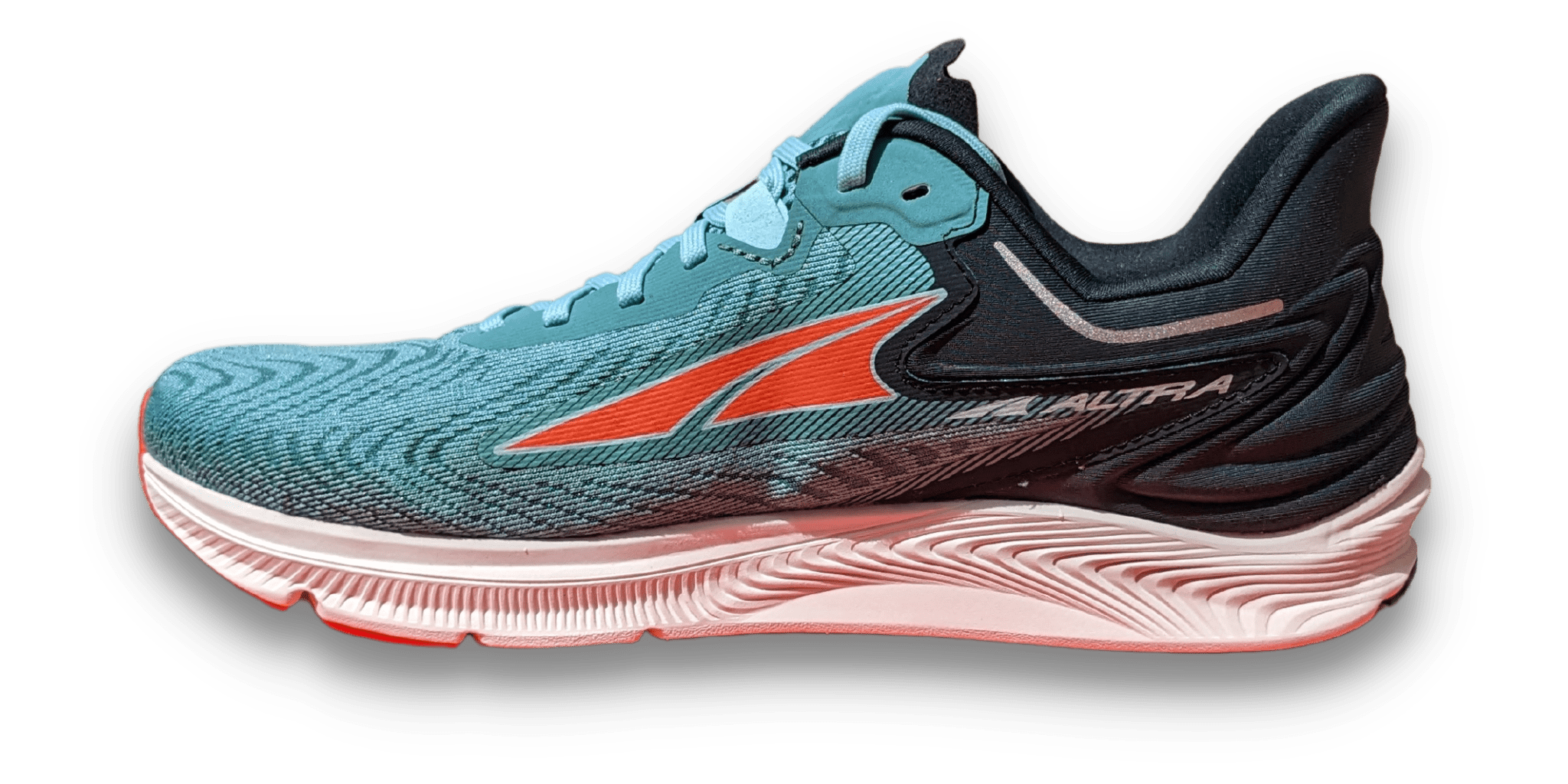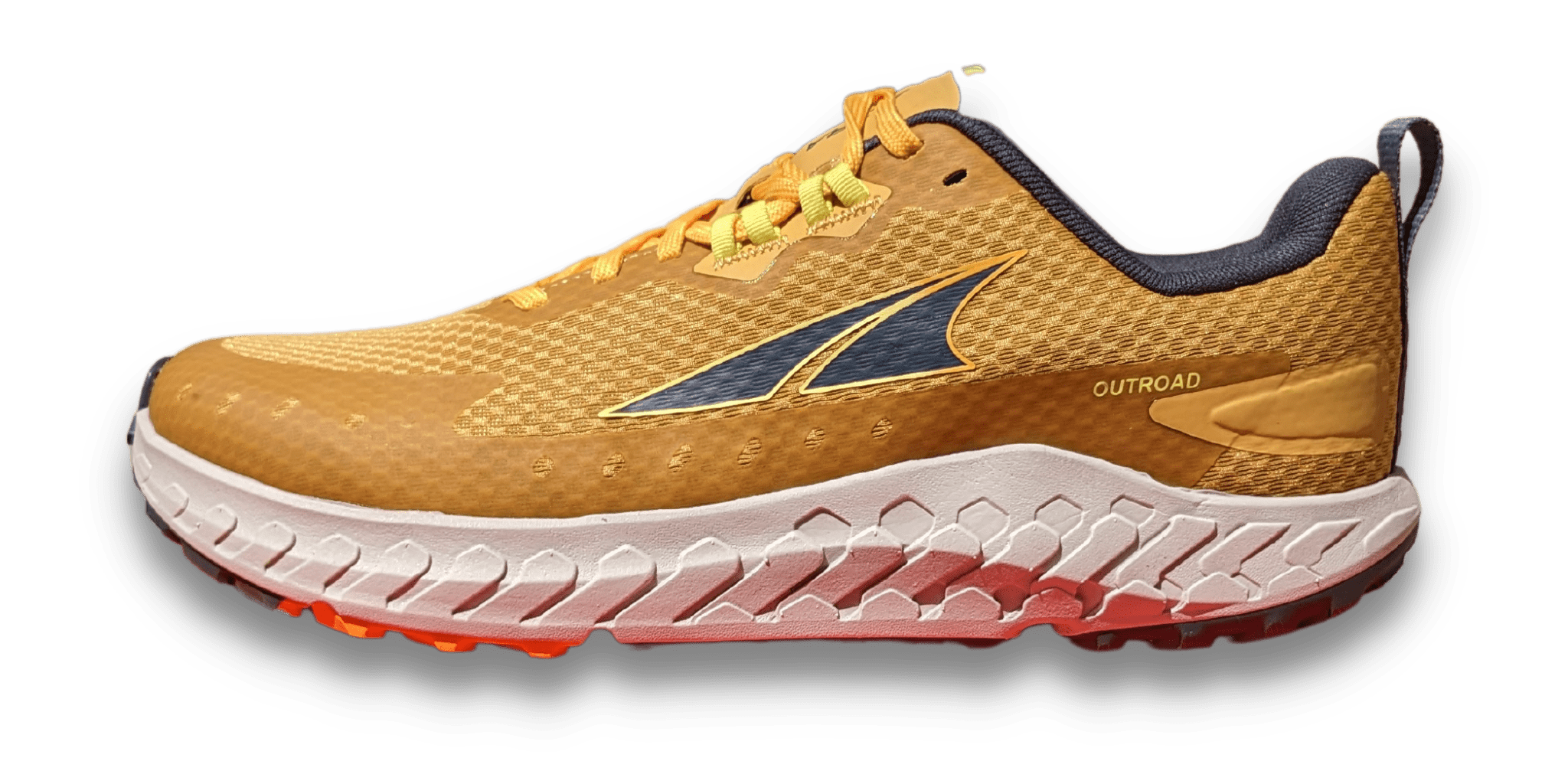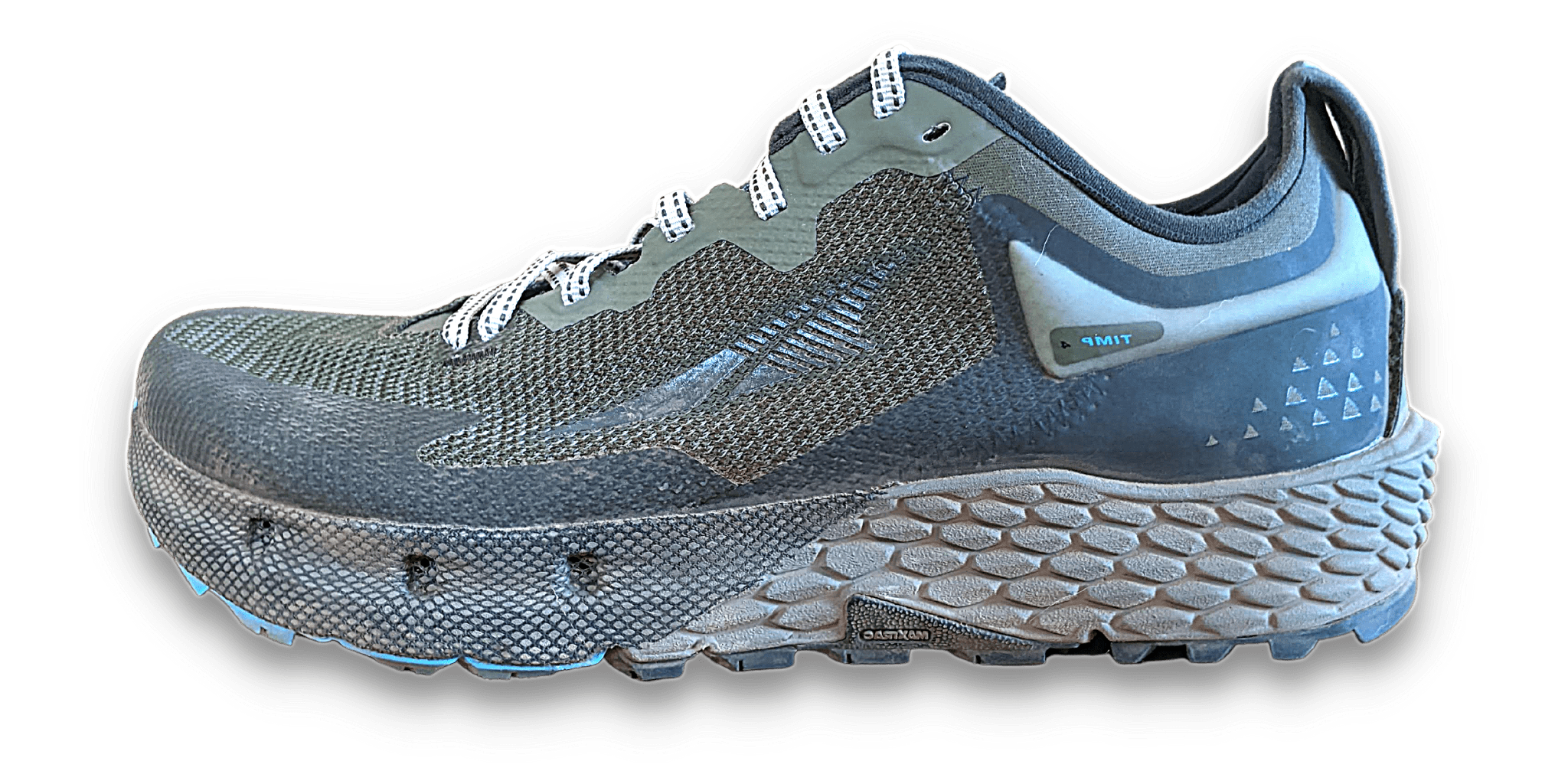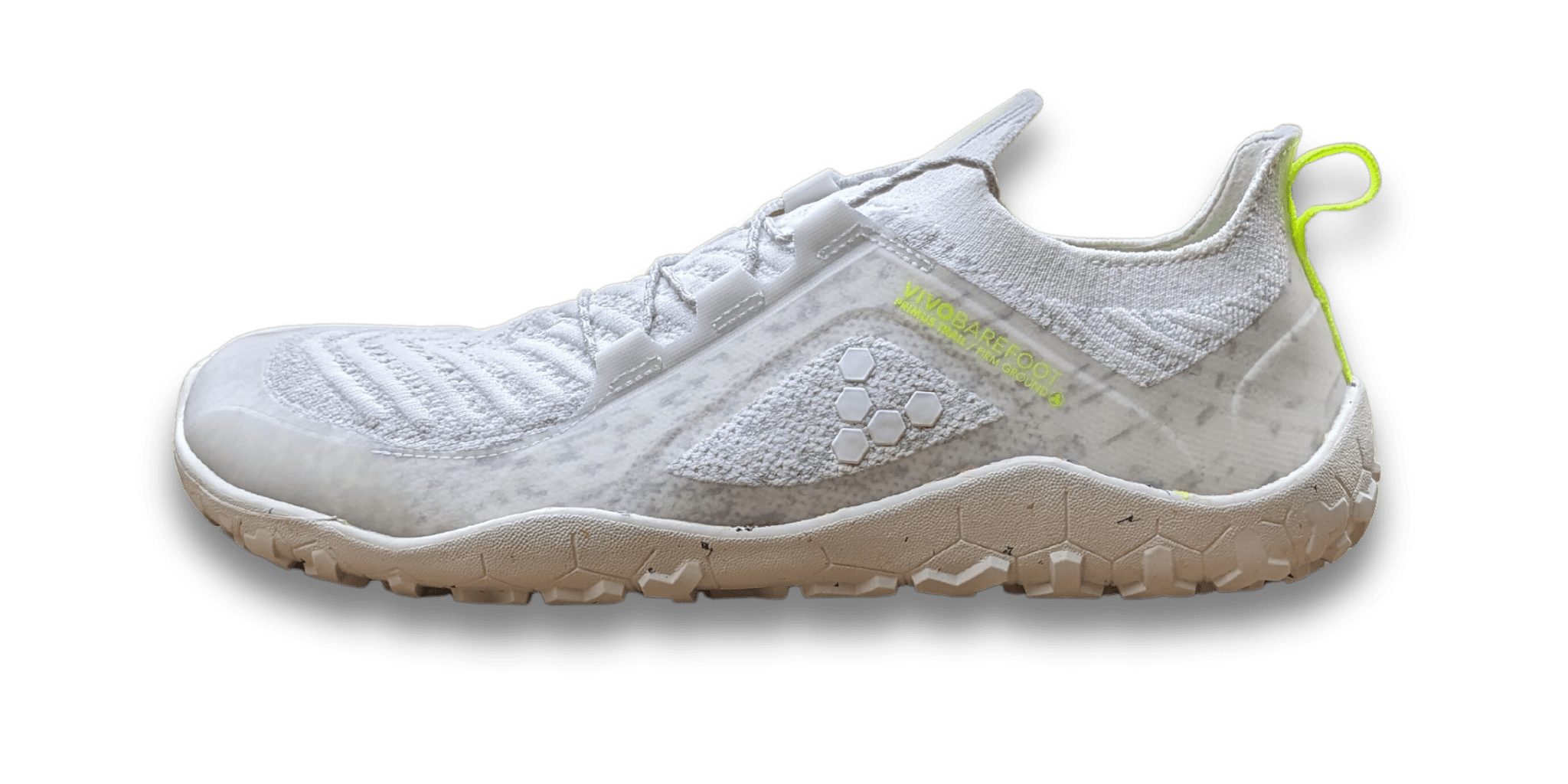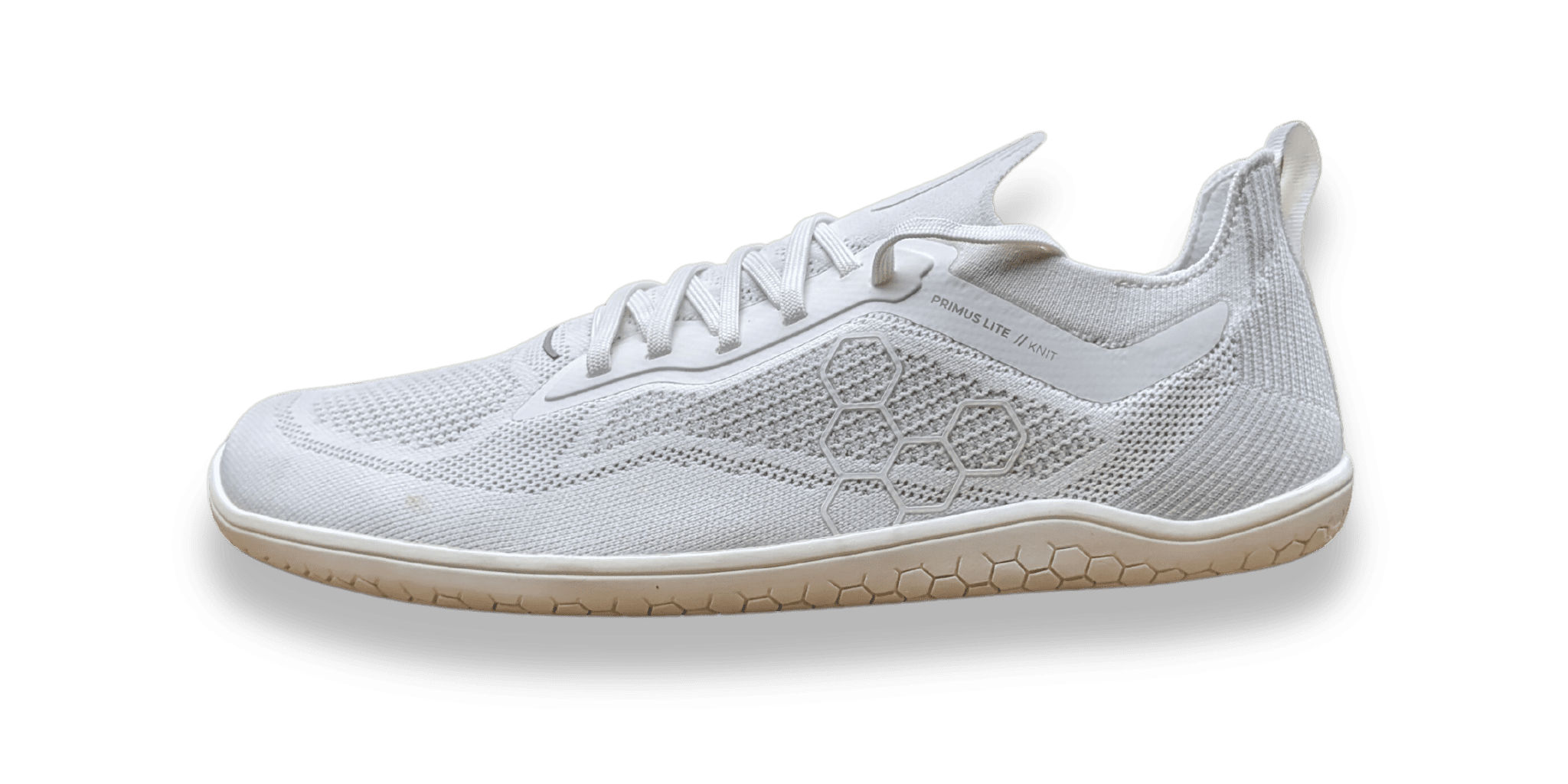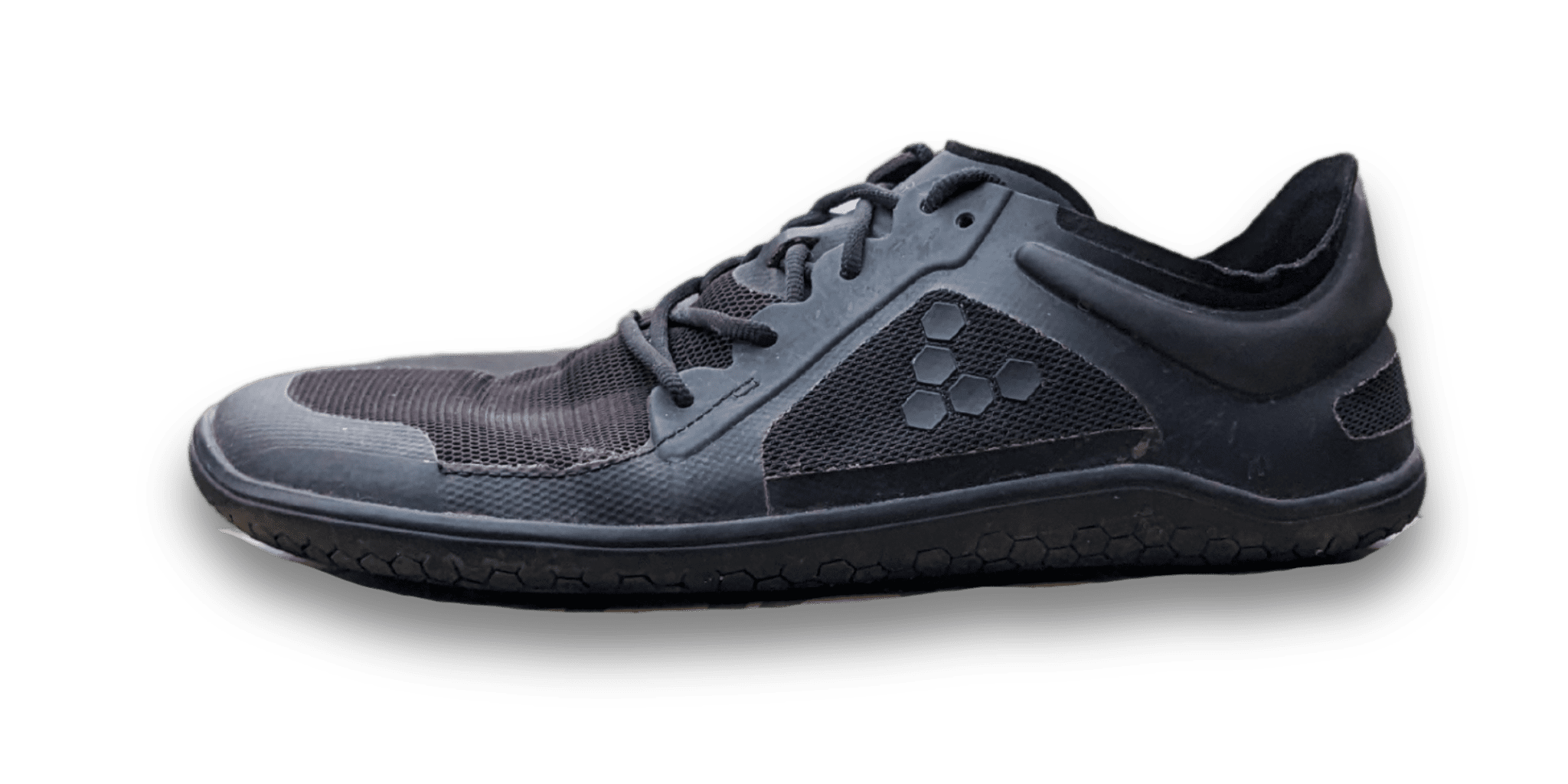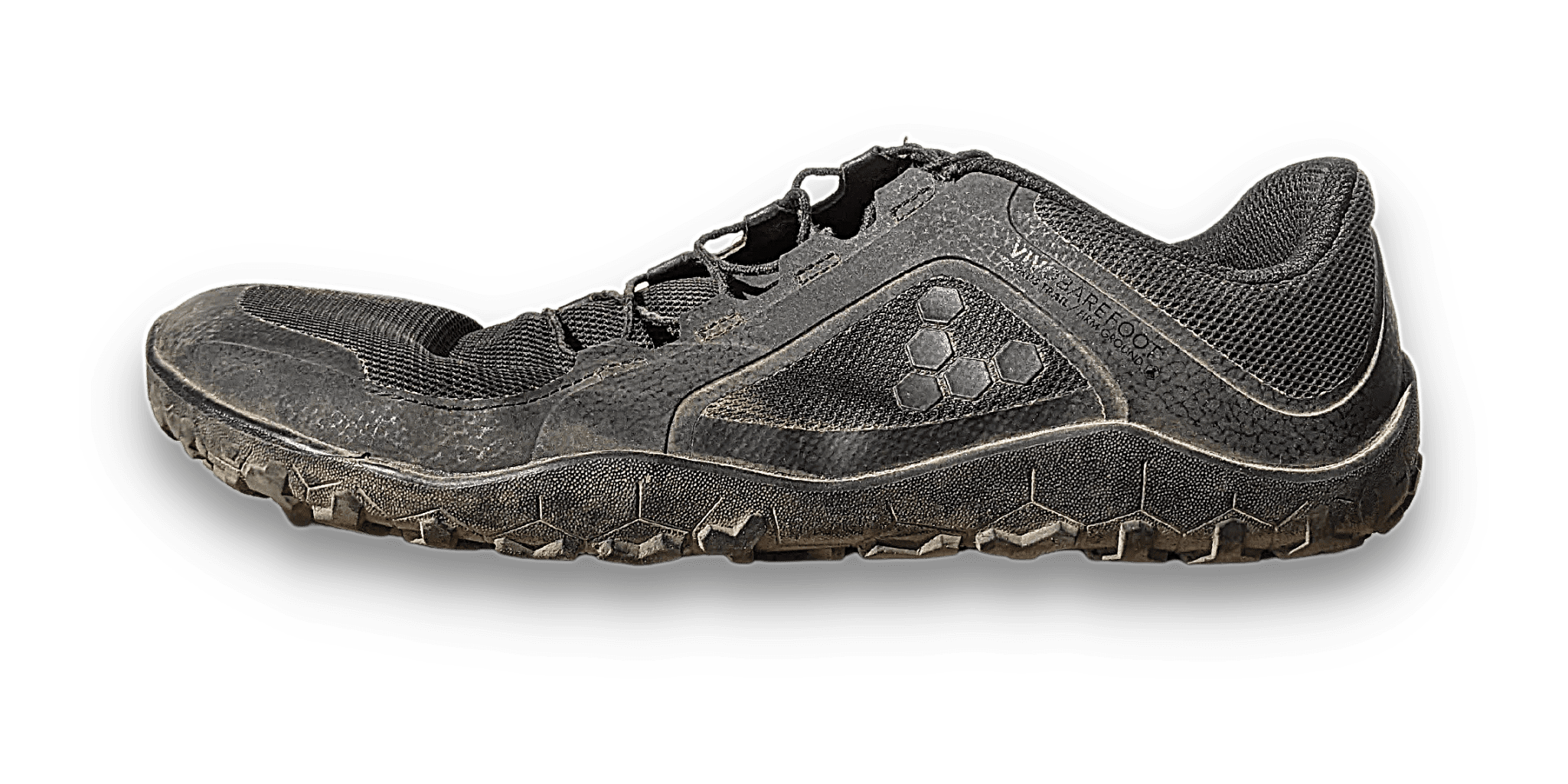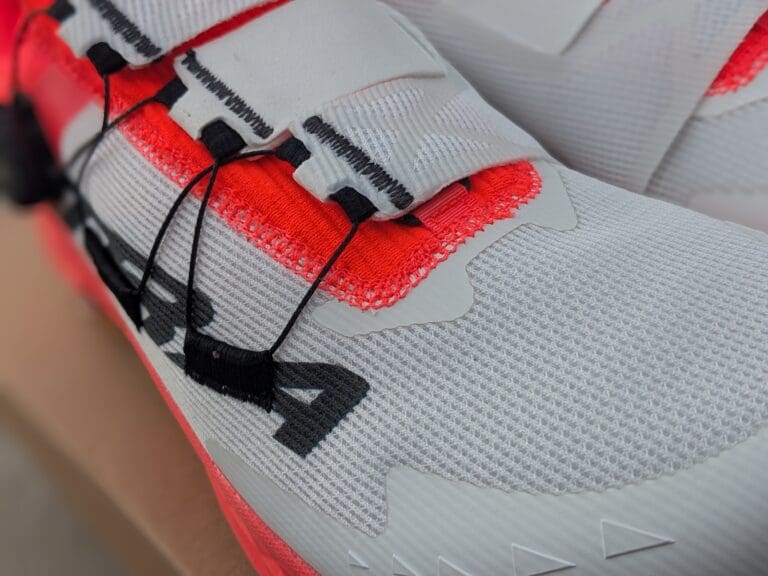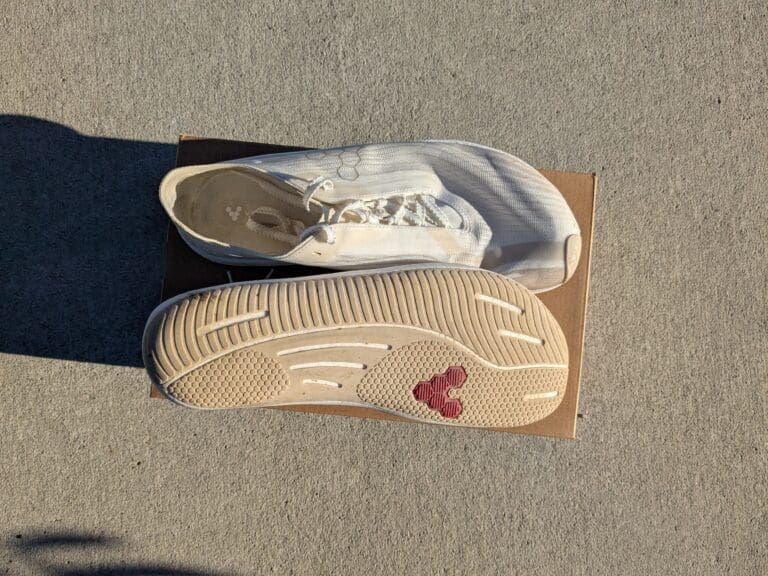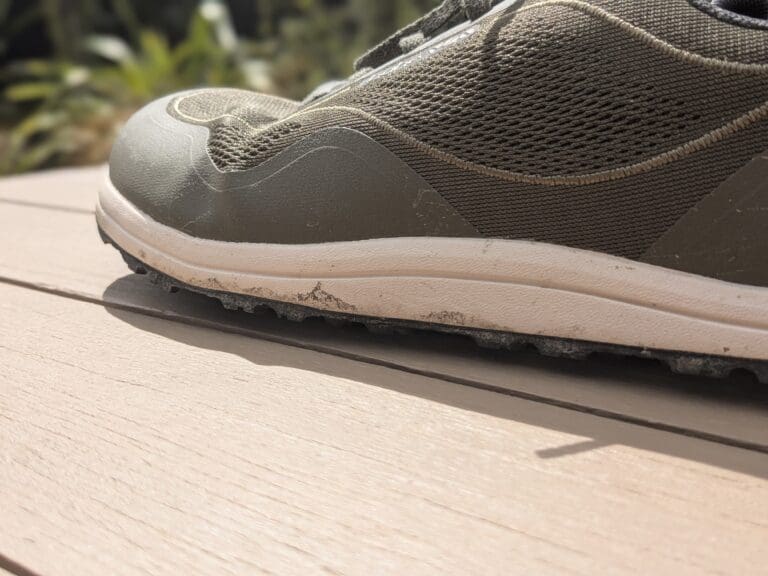You’ve probably heard about barefoot running and are curious. Maybe you’ve read “Born to Run,” watched one of my YouTube videos, or had a friend tell you about the amazing benefits of natural running. You’re intrigued, but also a bit intimidated.
Where do you even start with barefoot shoes? What’s the difference between minimal and zero-drop? And most importantly, which shoes won’t leave you injured after your first week?
I get it. When I first started exploring barefoot running, the options felt overwhelming. Too minimal and you risk injury. Too cushioned and you’re missing the point entirely. But here’s the thing—there’s a sweet spot for beginners, and after testing dozens of shoes over the years, I know exactly where that sweet spot is.
The key to successful barefoot running is matching your transition strategy to your shoe choice. You can absolutely start with very minimal 5mm shoes, but then you need to be extremely disciplined about low volume and slow progression. Or you can choose more cushioned transition shoes and progress more quickly. Both paths work—it’s about finding the approach that fits your personality.
Affiliate Disclosure: By clicking through the links on this page and purchasing the products, you’ll be helping me out. This is done because I receive a kickback from the sellers at no extra cost to you! Thank you so much for supporting us!
Before we dive into specific recommendations, let me explain what you should actually be looking for in your first pair of barefoot shoes.
Here’s the thing about beginner barefoot shoes—there are actually two valid approaches. You can either start with a transition shoe that has more cushioning and eases you into the barefoot experience, or you can jump straight into very minimal shoes but use them much less frequently at first. Both work, but they require different transition strategies.
The Three Non-Negotiables
Zero drop is absolutely essential. This means the heel and forefoot are at the same height, just like when you’re barefoot. Traditional running shoes have a 10-12mm heel-to-toe drop that artificially elevates your heel, changing your natural gait mechanics. While a minimal drop is still ok for some instances, zero drop helps us achieve the desired outcome here.
A wide toe box that matches your foot shape is critical. Your toes need room to splay naturally for balance and stability. Most mainstream running shoes narrow dramatically at the toe, cramming your toes together in an unnatural position. Look for shoes that are widest at the ball of your foot, or here your foot is naturally widest.
Flexibility matters more than you think. Your foot needs to bend and flex naturally through each step. A good barefoot shoe should be flexible enough that you can twist it or fold it in half without much resistance. This flexibility allows your foot muscles to work properly instead of being held rigid by the shoe.
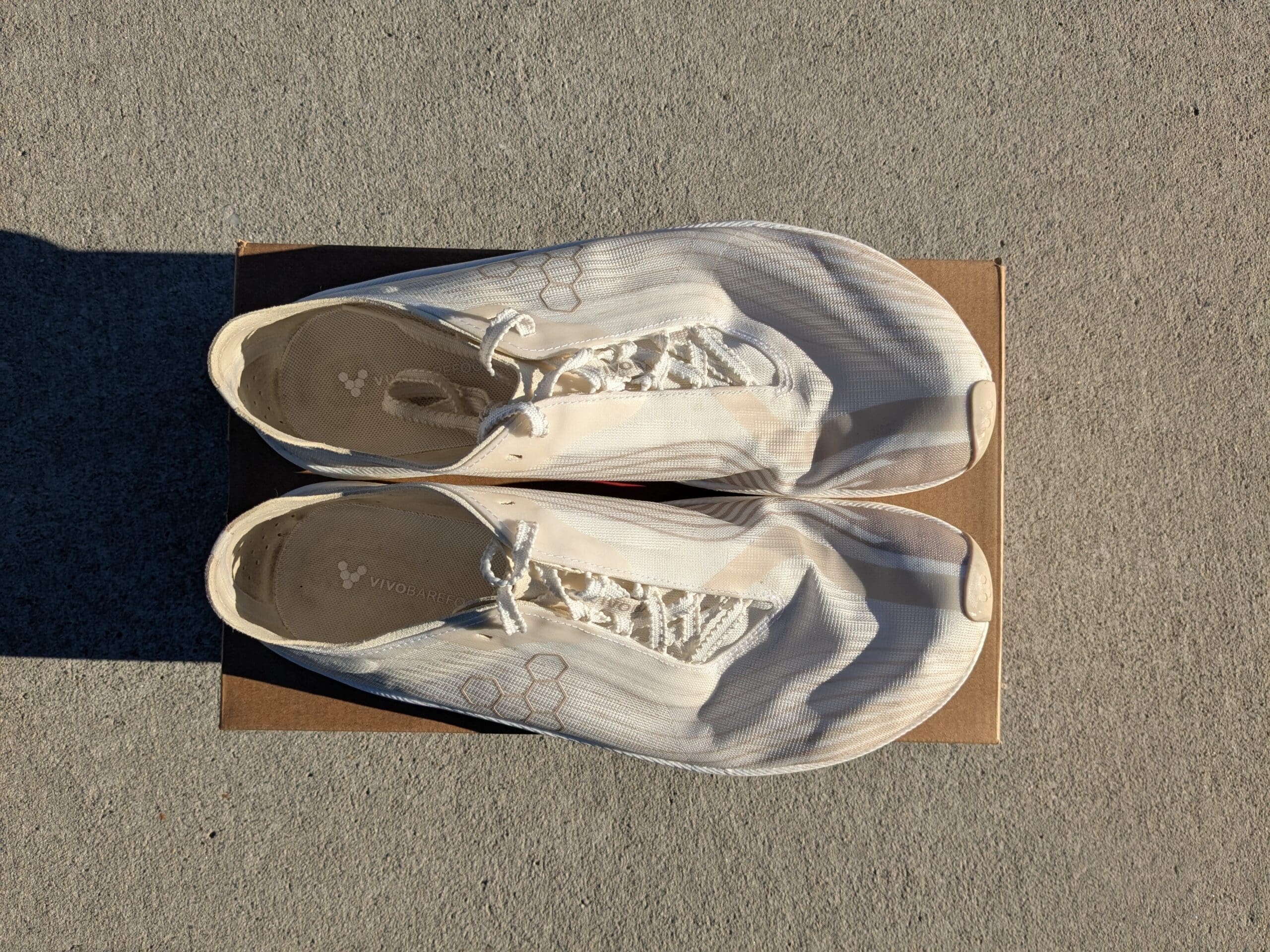
The Two Transition Approaches
Approach 1: Cushioned Transition Shoes – Start with 10-15mm of stack height that feels more similar to what you’re already running in. This gives you protection while you adapt to zero drop and wide toe boxes. You can run in these more frequently from the start because they’re forgiving.
Approach 2: True Minimalist from Day One – Jump straight into 5-6mm minimal shoes, but use them very infrequently at first—maybe just 2-5 minutes once or twice a week. The trade-off is slower initial progression, but you’re training your feet with true ground feel from the beginning.
Both approaches work. It comes down to your personality and risk tolerance. Impatient and want faster results? Go minimal but be disciplined about low volume. Prefer a gentler, more forgiving transition? Start with cushioned zero-drop shoes.
After years of testing and helping runners transition to barefoot running, these are the shoes I consistently recommend to beginners. I’ve organized them by transition approach to help you choose the right path.
Cushioned Transition Approach (Start Here if You Want Forgiveness)
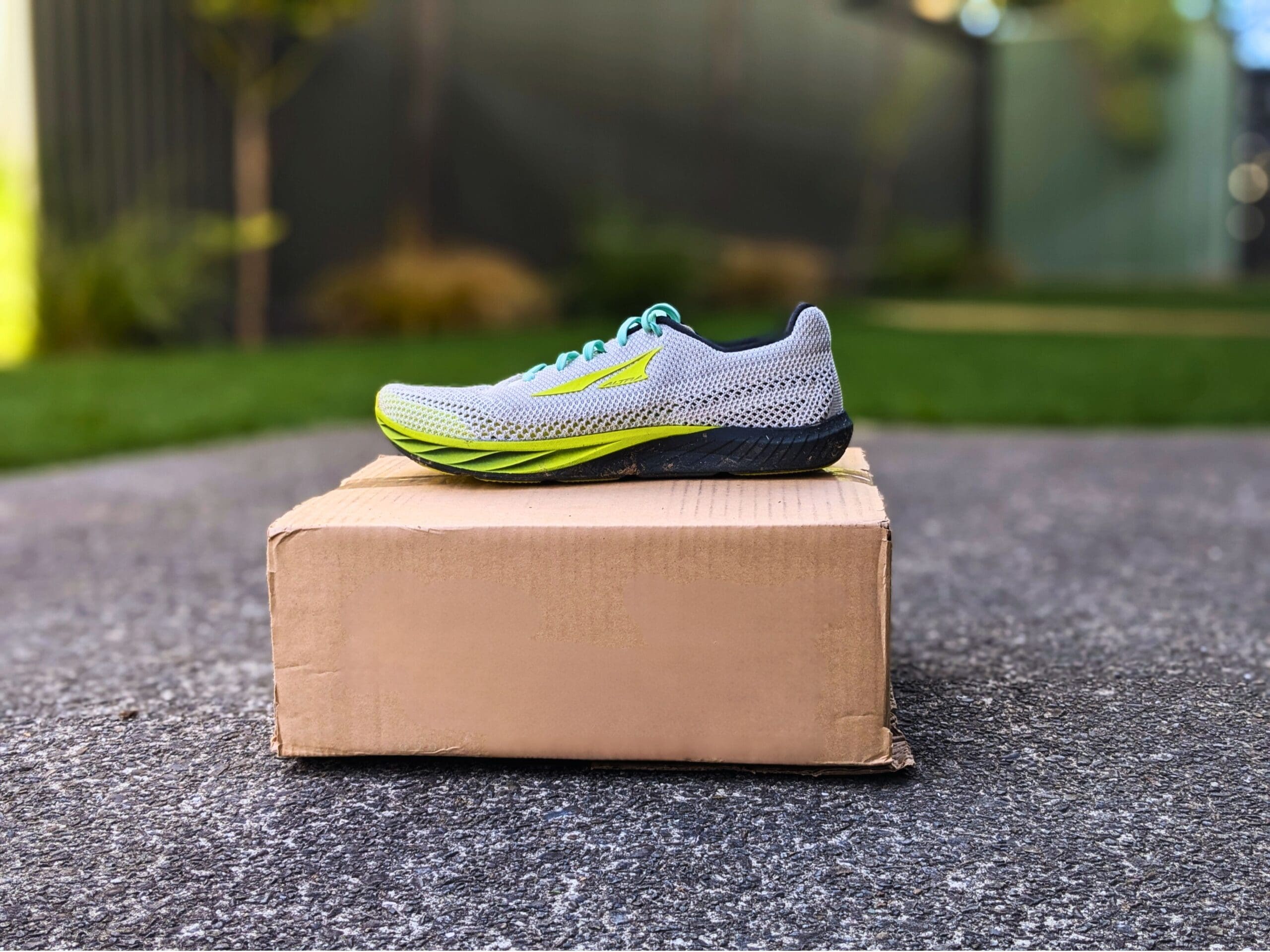
1. Altra Escalante Racer 2 – The Perfect Gateway Drug
The Escalante Racer 2 hits that sweet spot between cushioning and minimalism better than any other shoe I’ve tested. At 21mm stack height, it provides adequate protection while still delivering excellent ground feel. The EGO foam is responsive without being overly soft, and the woven upper provides a sock-like fit that’s comfortable but secure.
What makes this shoe perfect for beginners is how forgiving it is. You can heel strike in these (I’m not saying it’s good or bad here) without immediate discomfort, giving you time to naturally adjust your gait. The toe box is generously wide, and the zero-drop platform encourages a more natural foot strike without forcing dramatic changes overnight.
I’ve recommended these to dozens of runners making the transition, and the feedback is consistently positive. They’re cushioned enough for longer runs as you build foot strength, but minimal enough that you’ll start developing better proprioception immediately.
Go true to size with these. The fit is spot-on for most people, and the toe box provides just enough room without being sloppy.
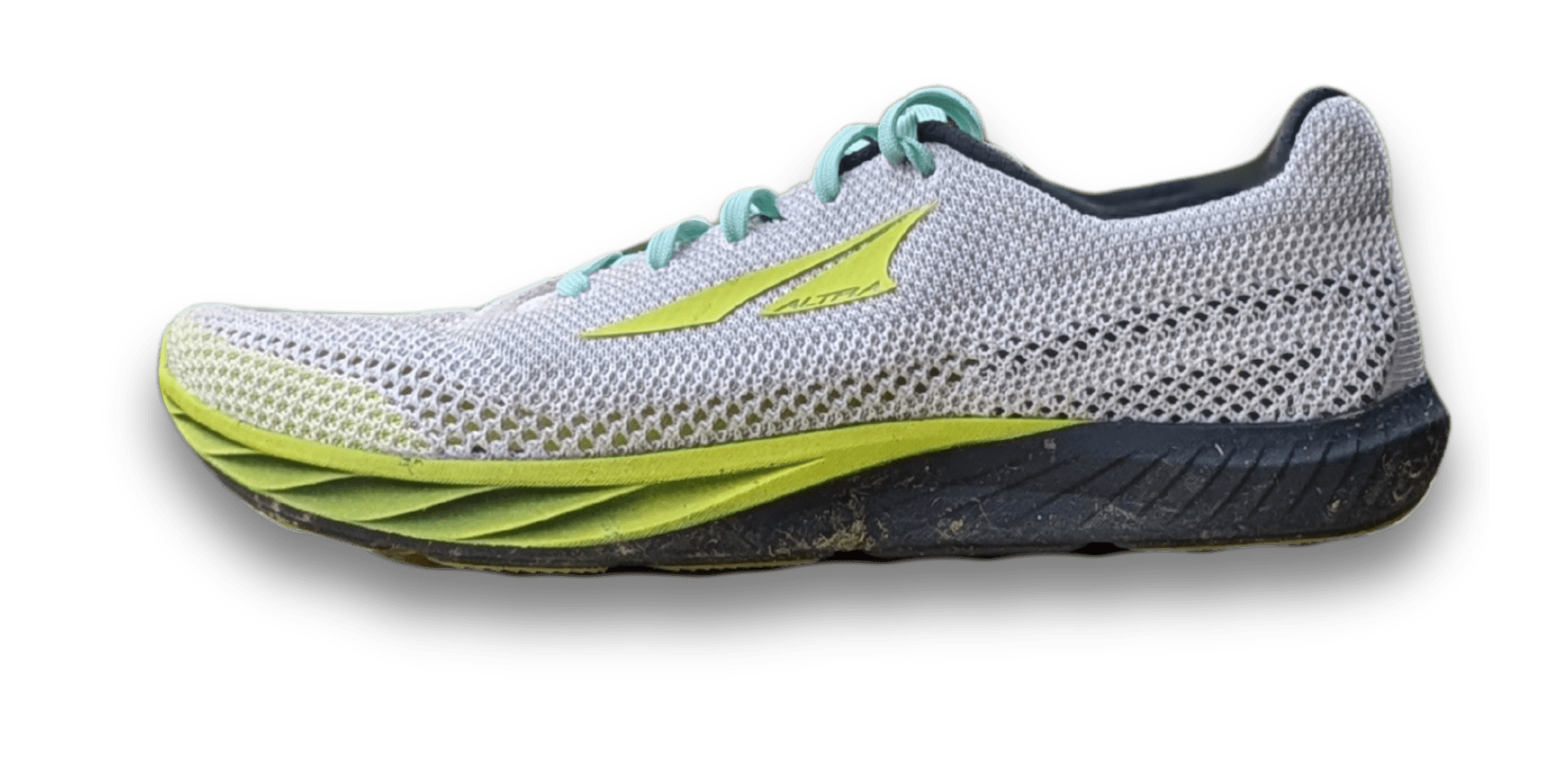
Altra Escalante Racer 2
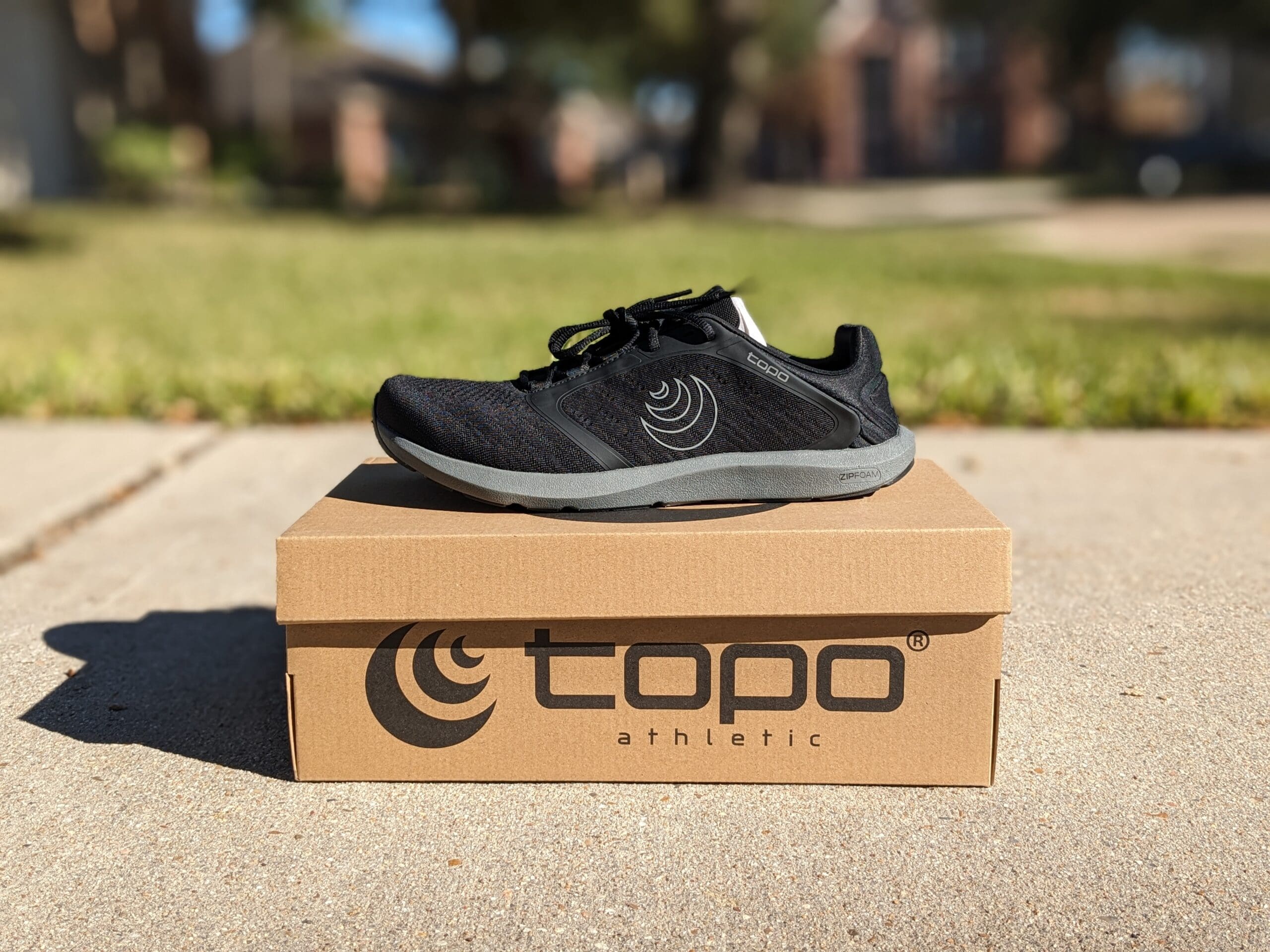
2. Topo Athletic ST-5 – The Versatile Trainer
The ST-5 is hands down the most versatile barefoot shoe for beginners. At 14mm stack height, it’s slightly more minimal than the Escalante Racer 2, but it’s still what I’d consider cushioned.
While I don’t love that the shoe has some arch support through it, it’s a model that offers a different fit and shape the Escalante Racer which could work for some. Considering it’s a transition shoe here, I feel the tradeoffs are ok.
It still offers a decent amount of flexibility and ground feel making it a great option for training the feet for the new feelings.
Go true to size with these. The fit is spot-on for most people, and the toe box provides just enough room without being sloppy.
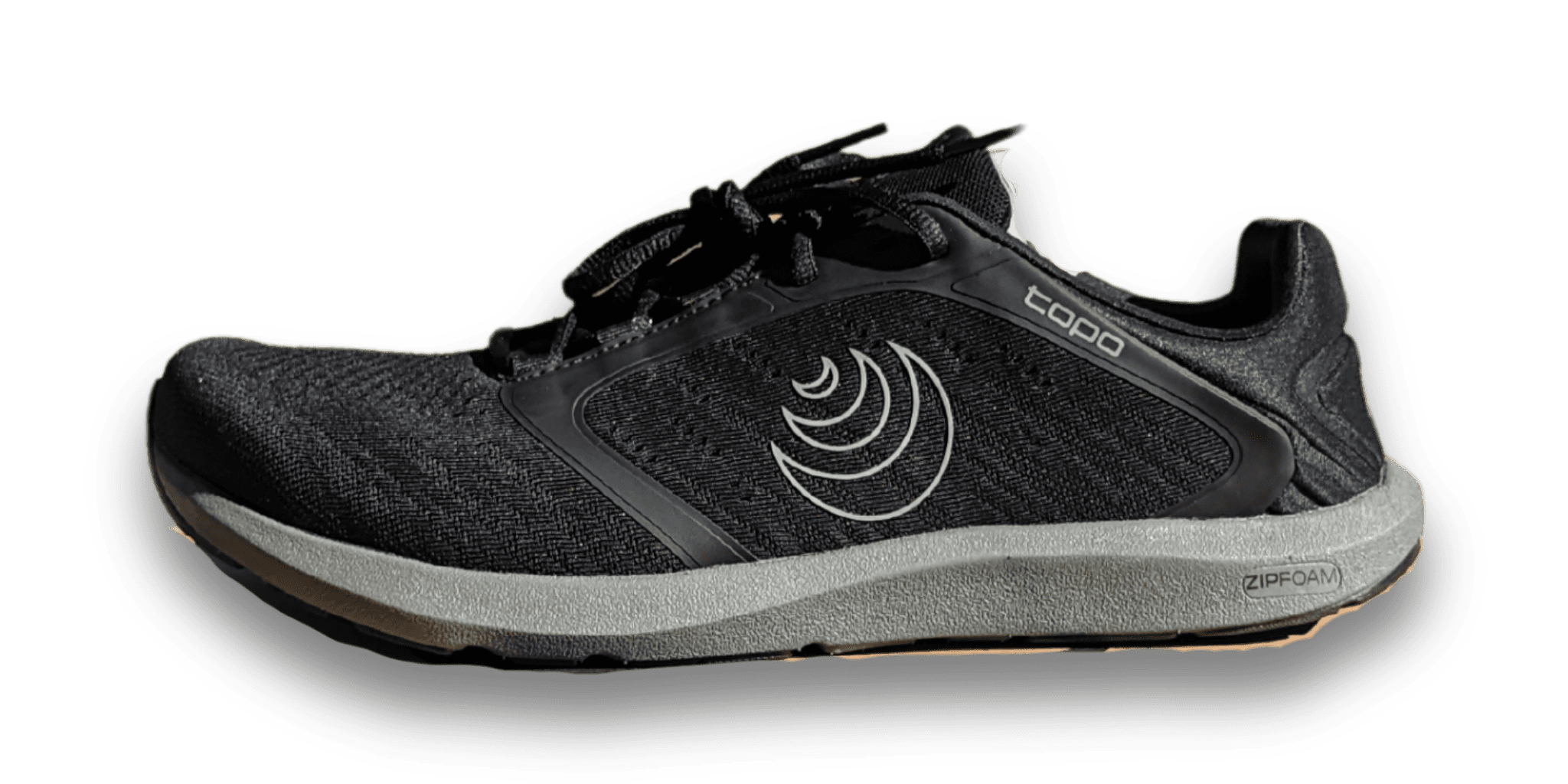
Topo Athletic ST-5
True Minimalist Approach (Start Here if You Want Maximum Ground Feel)
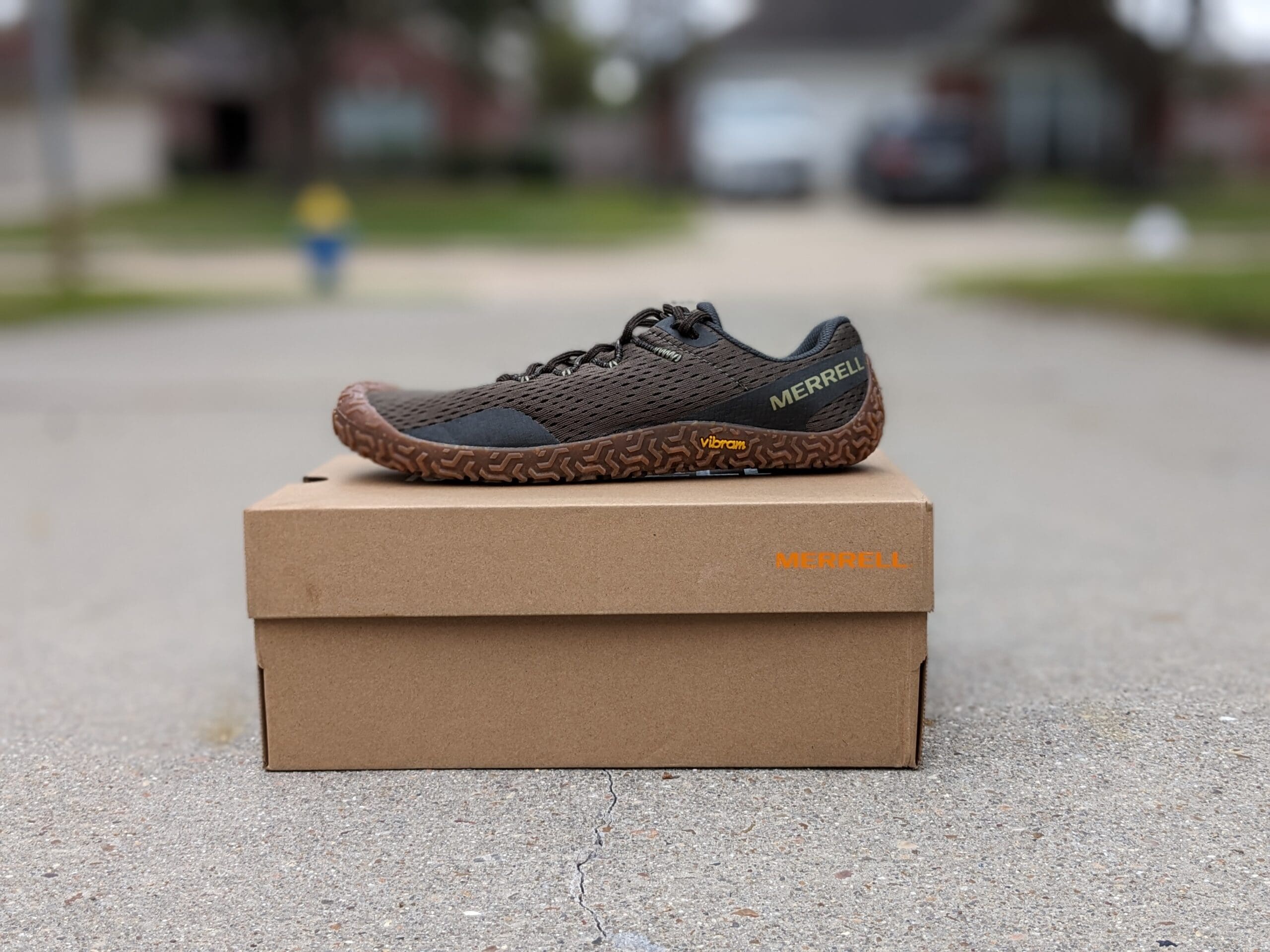
3. Merrell Vapor Glove 6 – The Budget-Friendly Option
At $90, the Vapor Glove 6 offers authentic zero-drop minimalism at a reasonable price point. With a 6mm stack height, these shoes provide an almost barefoot experience while still offering protection from debris and rough surfaces.
The fit is precise without being tight—these shoes hug your foot like a second skin. The Vibram outsole provides excellent traction and durability, and the mesh upper breathes great although could be fragile. At only 150g, they’re incredibly lightweight.
What makes these great for budget-conscious beginners is the quality-to-price ratio. You get genuine barefoot shoe technology without breaking the bank, and Merrell’s build quality should mean they’ll last but it’s worth noting that some of the materials are soft and lightweight.
Go true to size, but make sure you have adequate toe length. The toe box isn’t as wide as Altra or Xero, so if you have particularly wide feet, these might not be the best choice.
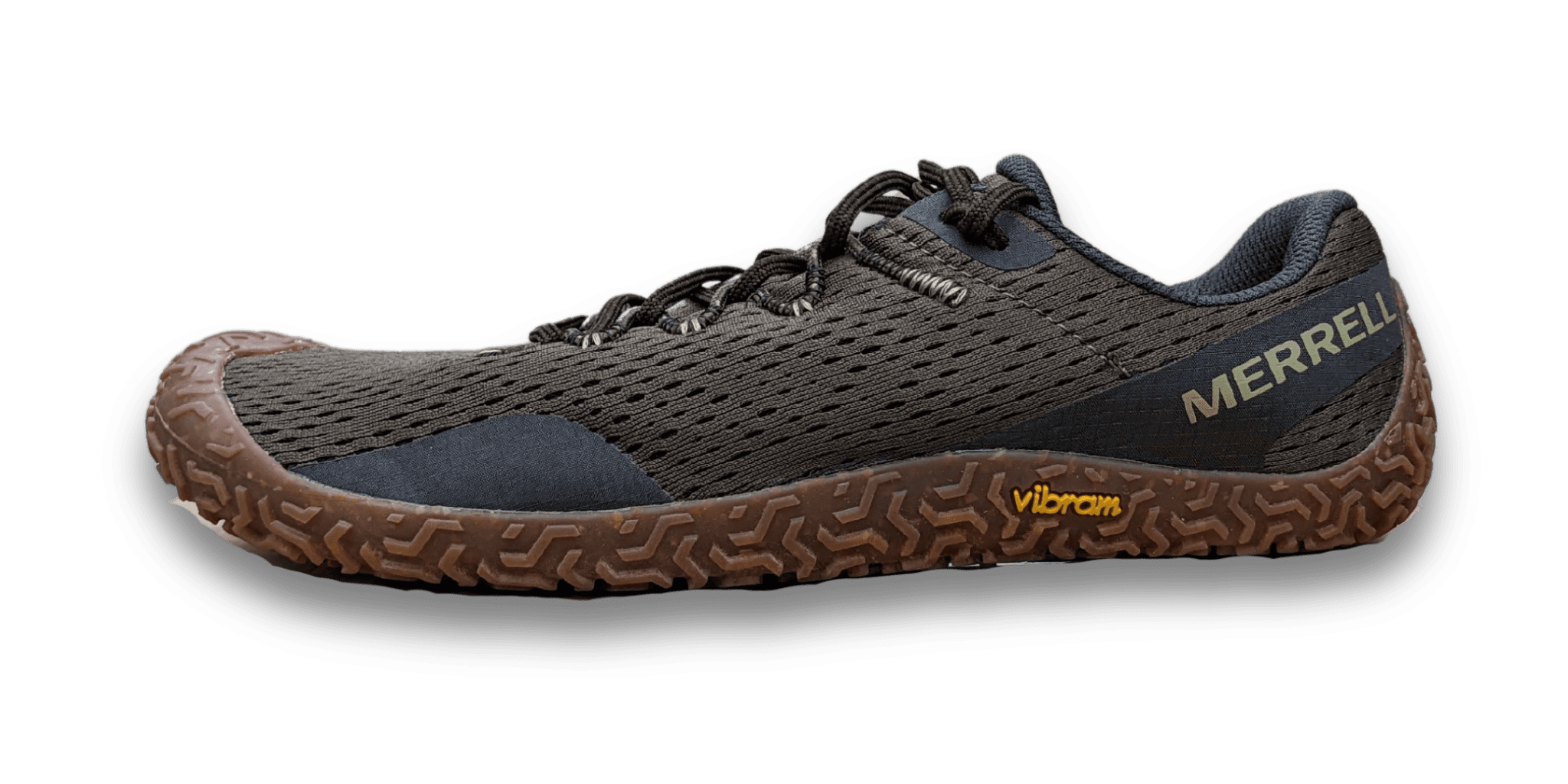
Merrell Vapor Glove 6
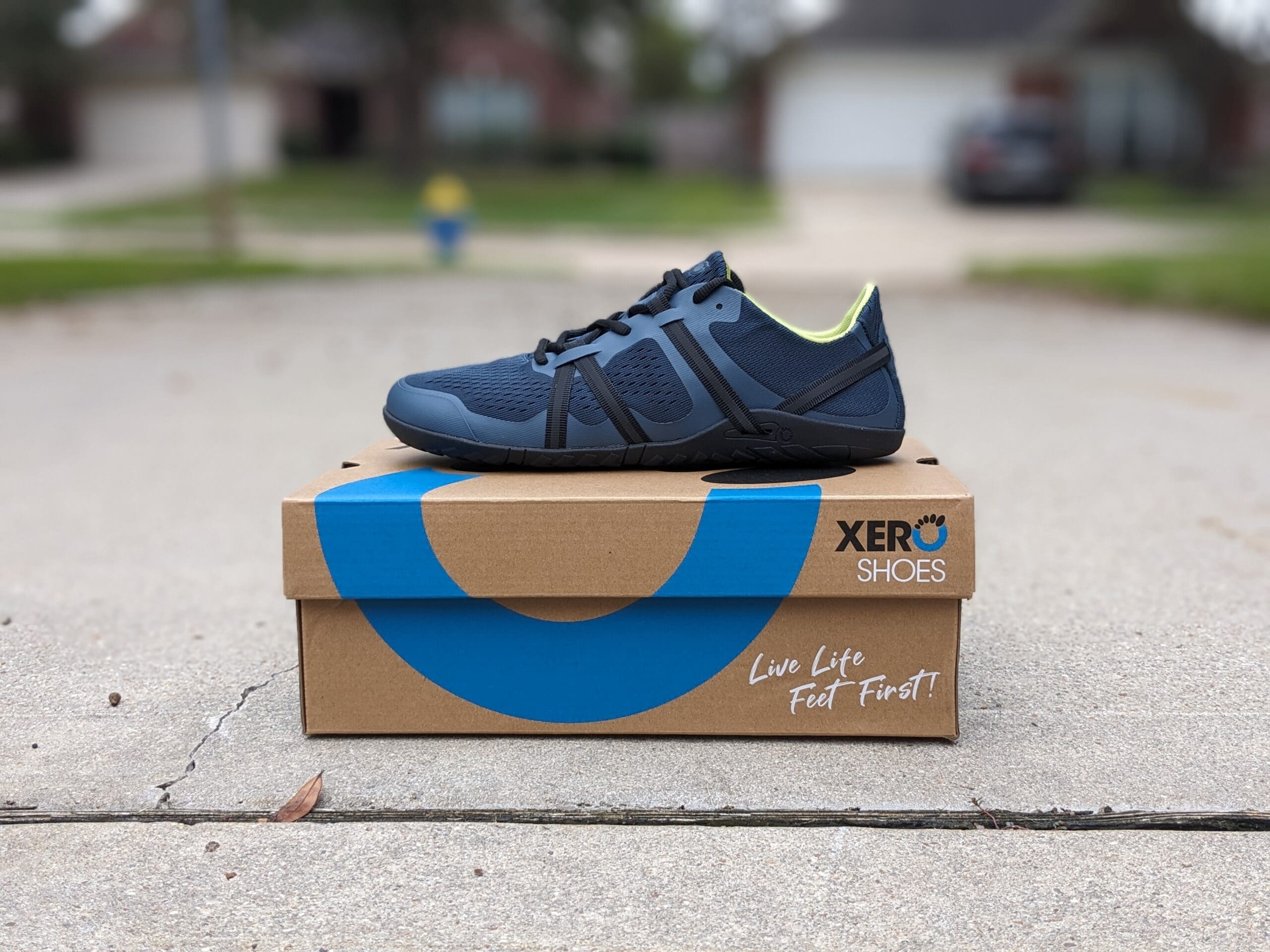
4. Xero Shoes Speed Force II – The True Minimalist Experience
If you want to go straight to true minimalist running, the Xero Shoes Speed Force II is your best bet. At just 4.5mm stack height, this is as close to barefoot as you can get while still having protection from debris. The lightweight design weighs only 6.5 oz (184g) per shoe for men’s US size 9.
The upper features a breathable design with welded overlays for durability, and the strap + lacing seems we see from Xero Shoes a lot makes the lock down perfect. Xero Shoes backs these with a 5,000-mile sole warranty, which is impressive for such a minimal shoe.
Here’s the key with these—start with very short, infrequent runs. I’m talking 5-10 minutes maximum, once or twice per week initially. The minimal stack means your feet will feel everything, which is exactly what we want for adaptation, but it also means you need to be disciplined about volume.
Size up half a size. Xero Shoes tend to run slightly small, and you want adequate toe room.
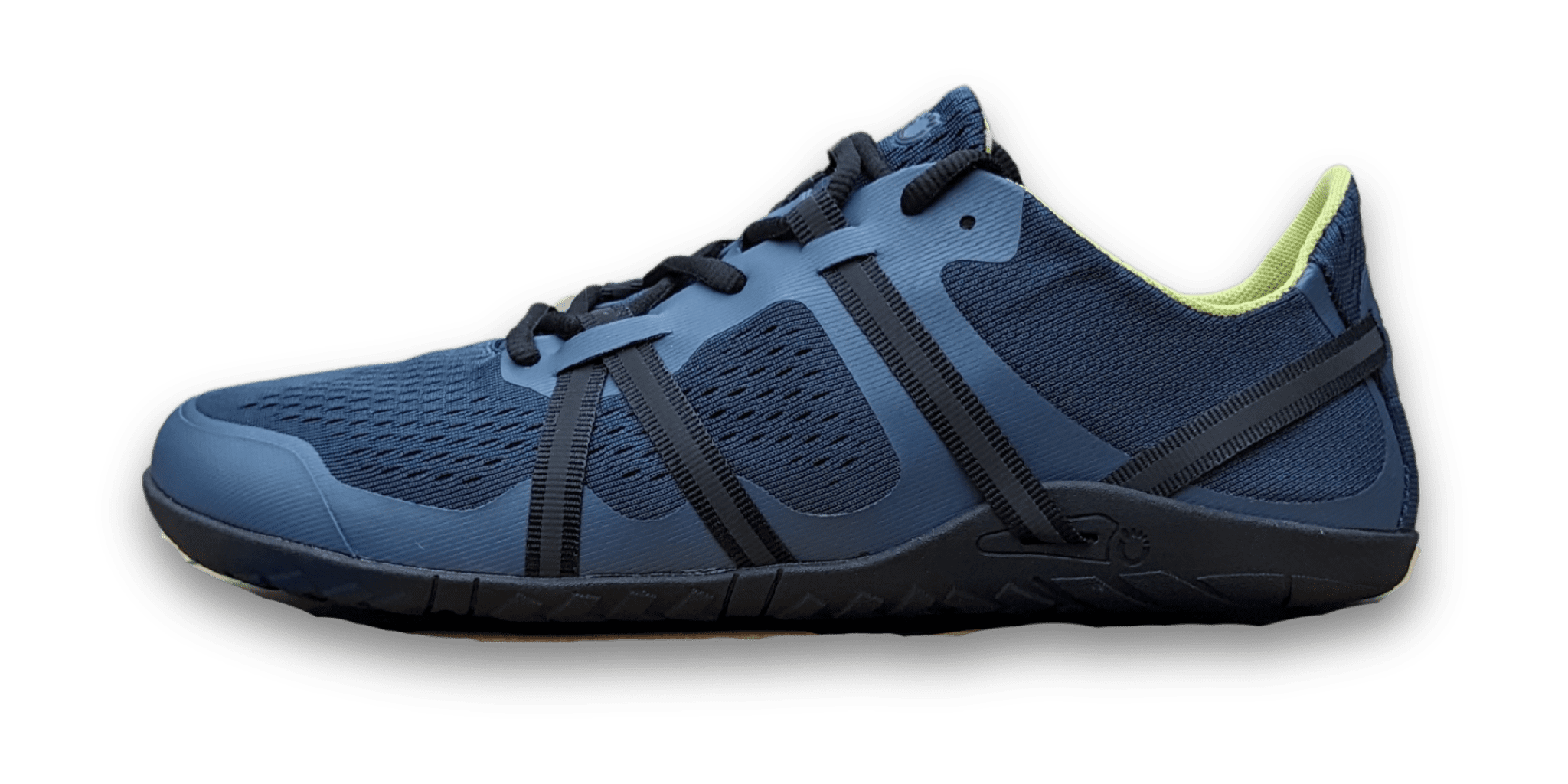
Xero Shoes Speed Force II
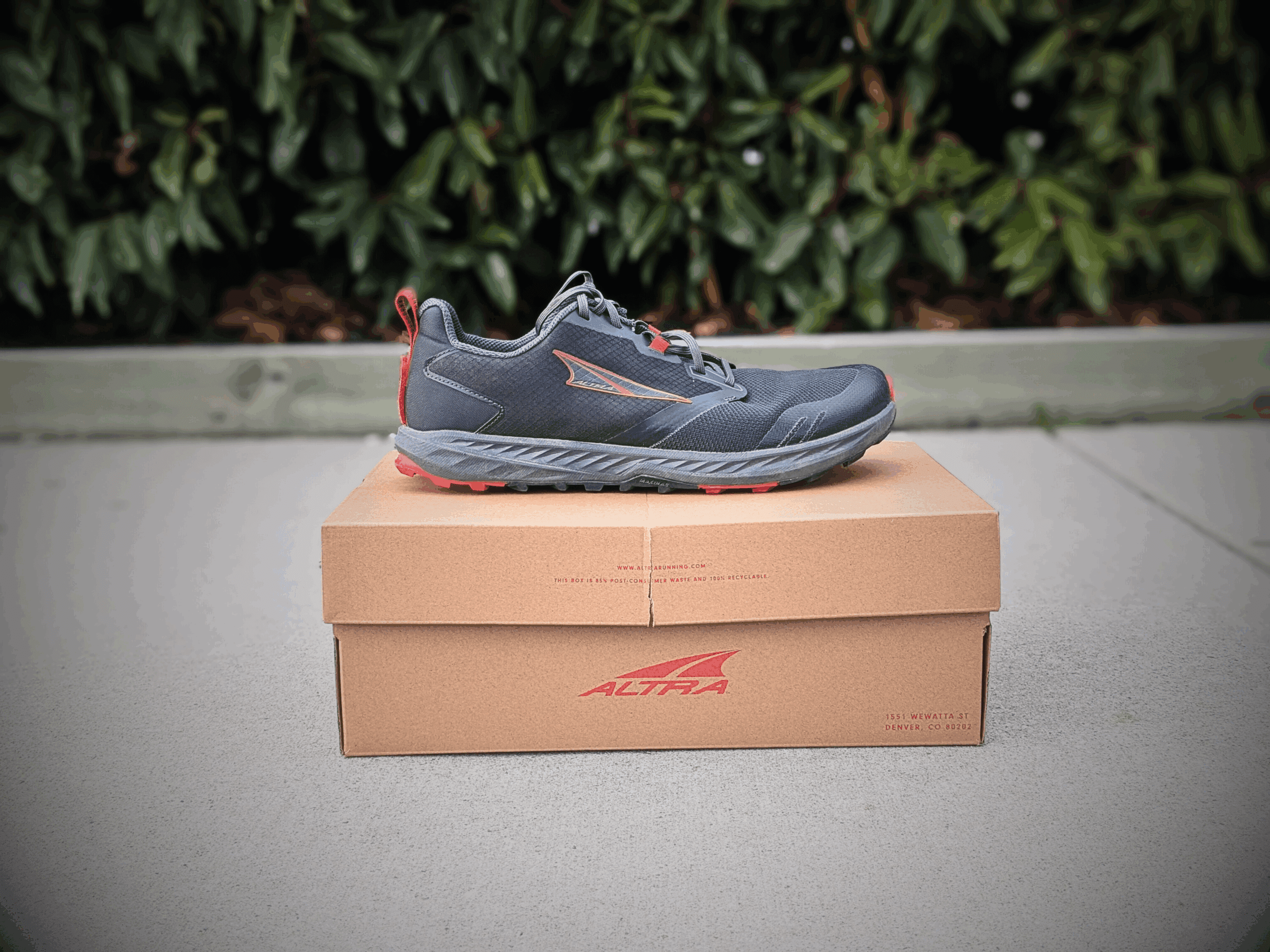
5. Altra Superior 7 – The Trail Running Gateway
At $140, the Superior 7 is the most minimal-feeling shoe in Altra’s trail lineup. Despite its 21mm stack height, the flexible design and compliant midsole make it feel more barefoot than the numbers suggest. It’s genuinely among the most flexible trail shoes Altra makes, perfect for developing foot strength on trails.
The updated MaxTrac outsole features a refined lug pattern that’s more tacky and trail-oriented than previous versions. The new semi-gusseted tongue and Ghillie lacing system improve lockdown while allowing more volume expansion in the upper. At 8.11 oz (230g), it’s incredibly light and nimble underfoot.
Here’s what makes this perfect for trail beginners—it offers excellent ground feel without sacrificing all protection. You’ll feel rocks and terrain changes clearly, which helps develop proprioception, but the 21mm of EVA foam prevents bruising. There’s no rock plate, so you get true barefoot feedback while learning proper trail form.
Fit note: This runs shallow and has a narrower midfoot than other foot shaped shoes. Go true to size in length, but consider swapping the thick Altra insole for something thinner if you have a deeper foot. The toe box is still foot-shaped but not as wide as the Lone Peak.
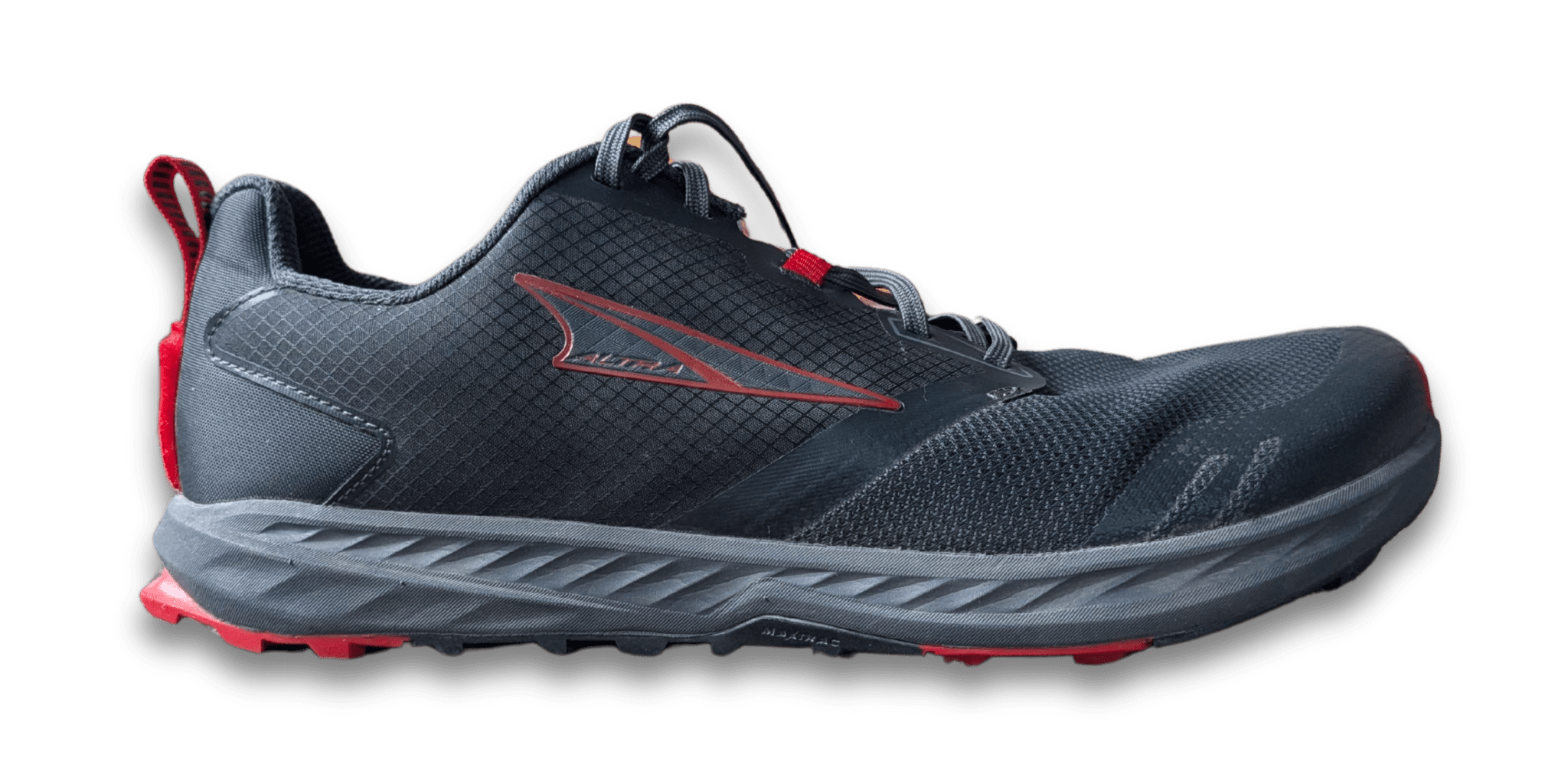
Altra Superior 7
Getting into barefoot shoes isn’t just about buying the right pair—it’s about transitioning intelligently to avoid injury and maximize benefits. Your timeline depends on which approach you’ve chosen.
Which Altra Shoe is for you?
Take a quick 4-question quiz to identify the perfect Altra running shoe for your feet! You'll get both road and trail options based on your answers!
Cushioned Transition Timeline (12-Week Plan)
Weeks 1-2: Walking Only – Start by wearing your barefoot shoes for all your daily walking. Replace your regular shoes with your new barefoot shoes for trips to the store, walking the dog, or casual outings. Research shows that simply walking in minimal shoes can increase foot strength by 40% in just 8 weeks.
Weeks 3-4: First Running Steps – Begin with 5-10 minute runs at a very easy pace, every other day maximum. Focus on taking shorter, quicker steps and landing with your foot underneath your body. The cushioned shoes will be forgiving as you adapt your form.
Weeks 5-8: Building Volume – Gradually increase your barefoot running to 15-20 minutes, 3 times per week. You can start incorporating regular running routes, but keep the pace conversational. This is when you’ll start noticing the benefits.
Weeks 9-12: Full Integration – By now you can run 30+ minutes in your barefoot shoes and start incorporating them into regular training. You might still want traditional shoes for very long runs initially.
Which minimal running shoe is for you?
Take a quick 5-question quiz to identify the perfect minimal running shoe for your feet! You'll get both road and trail options based on your answers!
The True Minimalist Timeline (20+ Week Journey)
Phase 1: Foundation Building (Weeks 1-4) – Start with daily walks in your minimal shoes—that’s your only focus. The ultra-thin 5mm stack means every step is actively training your feet, but patience is critical. Your feet are learning to work again after years of being “supported.”
Phase 2: First Running Steps (Weeks 5-12) – Begin with 5-minute runs twice weekly, gradually building to 15 minutes. This phase tests your discipline more than your fitness. The urge to run longer will be strong—ignore it. Your feet are rebuilding from the ground up.
Phase 3: Consistency Development (Weeks 13-20) – Now you can run 3 times per week for 15-20 minutes each session. You’re still months from long runs, but something magical is happening—your feet are becoming incredibly strong and your running form is naturally improving without conscious effort.
Phase 4: Full Integration (Month 6+) – You can now handle the majority of your training in minimal shoes. The reward for your patience? Feet that move naturally, reduced injury risk, and a running stride that’s been rebuilt from the foundation up.
Remember: This isn’t about reaching the finish line quickly—it’s about building a foundation that will last your entire running career.
After helping hundreds of runners transition to barefoot running, I’ve seen the same mistakes over and over. Here’s how to avoid them.
Don’t try to maintain your previous running pace or volume immediately. Your feet and lower legs are adapting to completely different demands. Even if your cardiovascular fitness can handle your normal pace, your feet might not be ready. Slow down and focus on form over speed.
Don’t ignore pain or excessive soreness. Some muscle fatigue in your feet and calves is normal during the transition, but sharp pain or soreness that persists for days is a sign you’re progressing too quickly. Back off and let your body adapt. We’re playing the long game here.
Avoid the “more minimal is always better” trap. There’s nothing wrong with finding a level of minimalism that works for you and staying there. You don’t have to progress to the most minimal shoe possible to get benefits from barefoot running. It’s all about your goals.
After 3-6 months of consistent barefoot running, you might be ready to explore more minimal options. Here are the signs you’re ready to go more minimal.
Your feet feel strong and stable in your current shoes. You’re no longer experiencing unusual fatigue or soreness after runs, and your feet feel powerful and responsive.
Your form has naturally evolved. You’re landing with a midfoot or forefoot strike without consciously thinking about it, your cadence has increased, and your stride has shortened naturally.
You’re craving more ground feel. This is a big one—when you start wanting to feel more of the ground beneath your feet rather than less, you’re ready for the next step down in stack height.
If you’re still in cushioned options, you could be ready to try the “next level” options like the Merrell Trail Glove 7 (8mm stack), Xero Prio (9mm stack), or Vivobarefoot Primus Lite III (7mm stack). Each offers a more barefoot experience while still providing some protection.
Starting with barefoot running doesn’t have to be intimidating or complicated. Choose one of the five shoes I’ve recommended, follow the 12-week transition plan, and listen to your body throughout the process.
Remember, this isn’t about proving how tough you are or jumping into the most minimal shoe possible. It’s about allowing your feet to function the way they evolved to while protecting them during the adaptation process.
The benefits of barefoot running—stronger feet, better proprioception, more natural movement patterns, and often fewer injuries—are real. But they only come to those who transition intelligently and patiently.
If I were starting over today, I’d choose the Altra Escalante Racer 2 for the perfect balance of protection and minimalism. But honestly, any of these five shoes will serve you well as you begin your barefoot running journey.
Your feet have carried you this far. Give them the chance to get stronger and more capable—they might just surprise you with what they can do.
